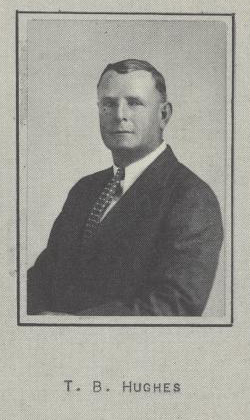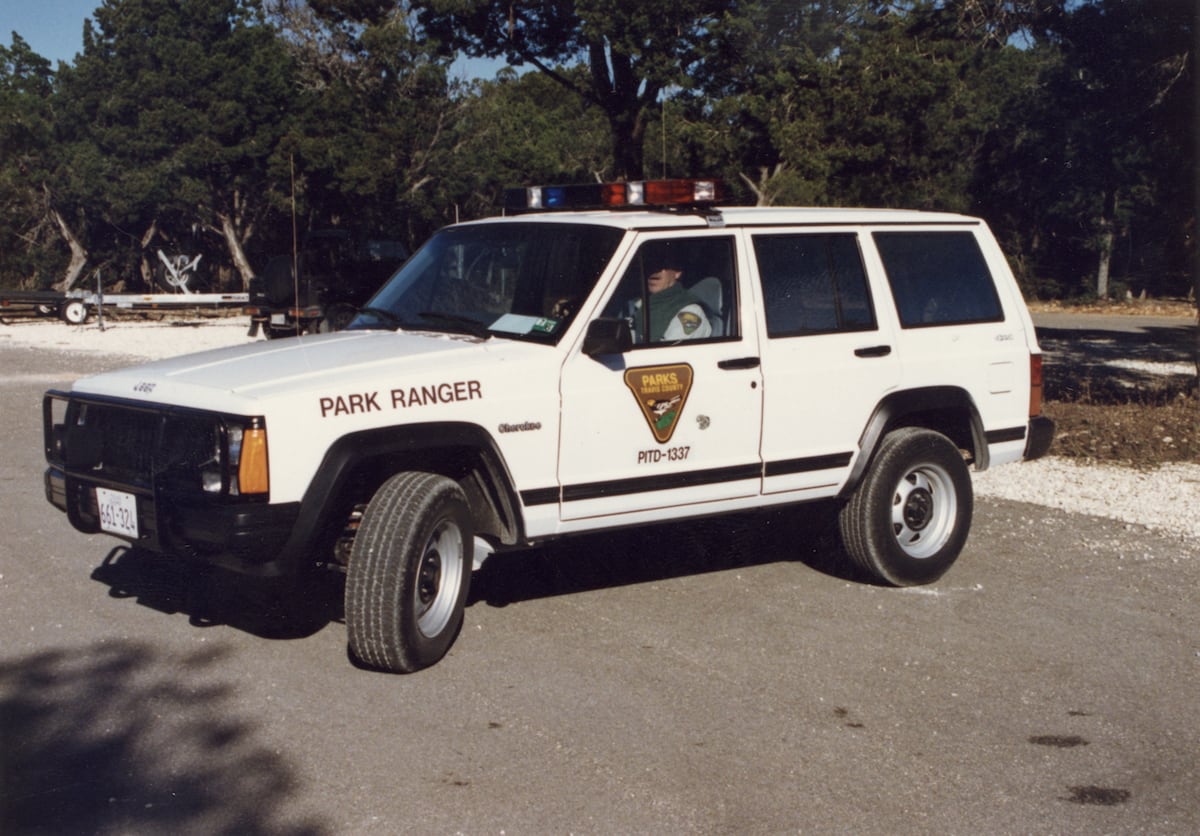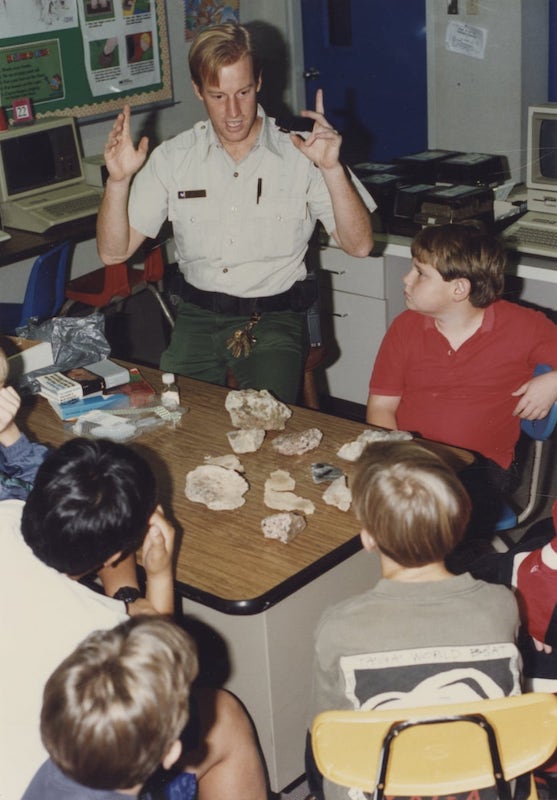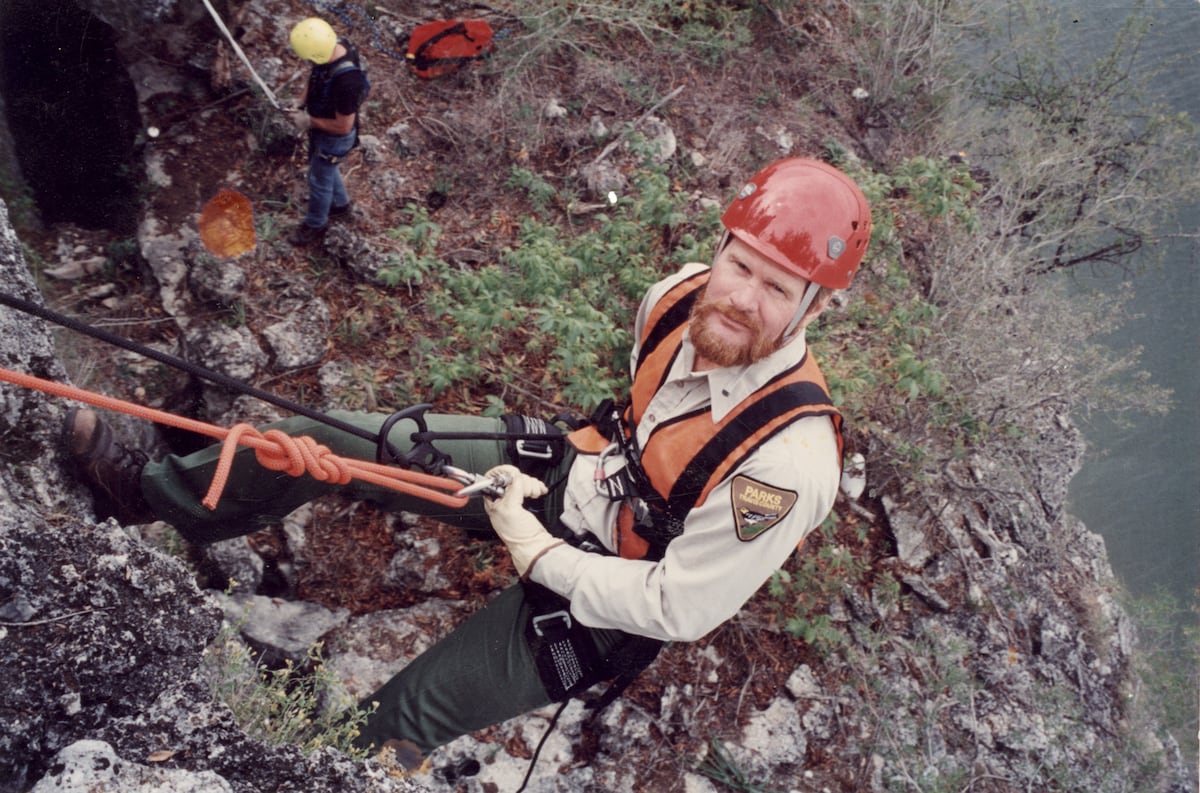Explore the history of the Travis County Parks
Start here
About the Online Exhibit
This online exhibit takes a look into our county parks, including their unique histories and individual characteristics. Divided into seven navigable sections, the exhibit provides multiple ways to explore the history of the parks. For example, view the eight new videos on the parks, scroll though the timeline of the parks system, or learn about each park through individual park pages.
Parks Videos
The seven videos below were produced to share the unique histories and stories behind the Travis County parks. Click on the links below to watch the videos in a modal window.

Parks Department History
Travis County Parks is a subdivision of Travis County Transportation and Natural Resources. The mission of the Parks Department is to provide the citizens of Travis County with a system of parks and nature preserves that provides recreational and educational opportunities and protects endangered species and significant natural and cultural resources. Currently, Travis County’s park system has 9,666 acres of parkland and 26 parks open to the public. Travis County Parks serves the entire Travis County population but is primarily responsible for building and maintaining parks in unincorporated areas of Travis County.
The county park system has evolved over the decades, both growing in size and changing in character. It initially consisted of small parks, many of which were lakefront properties deeded to Travis County as parkland in exchange for the building of a road to the new park and the donor’s nearby property. The first parks to be deeded to Travis County were the Hughes parks (Selma Hughes, Tom Hughes, and Fritz Hughes) and Mary Quinlan Park, all of which became property of Travis County in 1939. At the time, there was no dedicated county parks department, so management of the parklands was the responsibility of the Commissioners Court.
In later decades, the management of county parks fell under the county’s Road & Bridge Department. One of its responsibilities was the management of seven Lake Travis parks for the Lower Colorado River Authority (LCRA): Pace Bend, Mansfield Dam, Hippie Hollow, Bob Wentz, Cypress Creek, Selma Hughes, Tom Hughes, and Arkansas Bend parks.
By the 1980s, Travis County had acquired a several larger parks of its own, including Webberville Park in 1978 and Hamilton Pool in 1985. In response to this increase in parkland ownership and management, Travis County established a Parks Department separate from Road & Bridge in 1986. In 1991, Parks Department was reorganized and consolidated with the Public Improvement and Transportation Division, later known as Transportation and Natural Resources, an organizational structure that exists today.
An emphasis on providing water-related recreational opportunities at county parks continued through the 1990s. In the latter part of the decade, however, the county started developing metropolitan parks that are primarily facility-based: they have major sports complexes and special use facilities such as skateboard parks and BMX tracks as their main attractions. By locating them near high growth areas – Pflugerville, Manor, and Del Valle – Travis County Parks established a greater presence in eastern Travis County.
Most recently, Travis County Parks has renewed its focus on natural resource-based recreation. In 2005, with voter-approved bond funds, the county initiated development of river and creek corridors throughout the county, a commitment supported by the successful passage of the 2011 bond program. Reimers Ranch was purchased in 2005 and 2011, as were areas along Onion Creek, Wilbarger Creek, and Gilleland Creek in 2011. The Park Forestry Program was initiated in 2014 to manage trees and forests in Travis County parks. The Park Land Management Program was established in 2015 to manage flood buy-out properties, the acquisition of land for the building of greenways and trails, and natural resource support on all park properties.
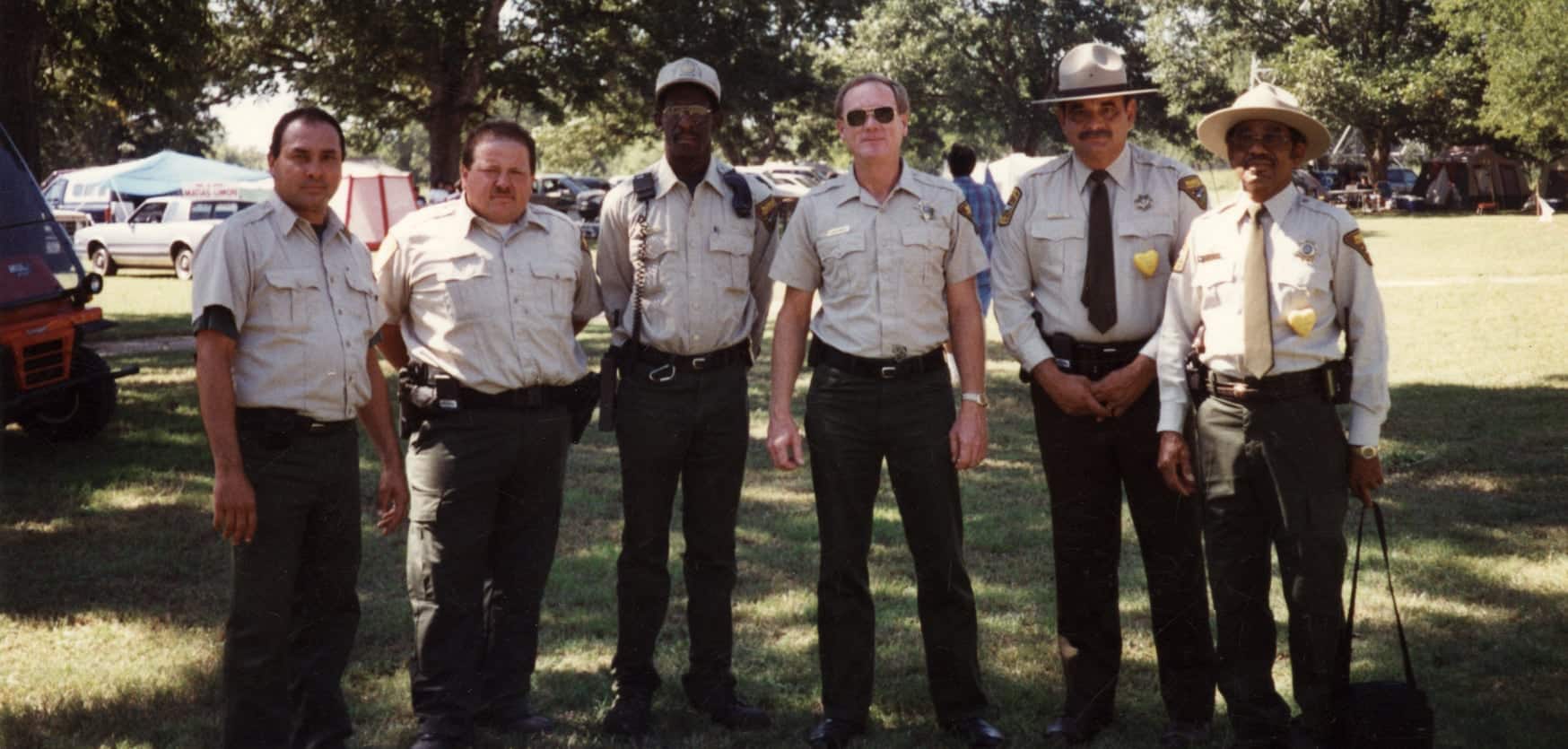
Park Rangers
Travis County Park Rangers patrol approximately 14,500 acres of county-owned or managed park and preserve lands on a regular basis to protect visitors, the natural environment and park facilities. Established in 1994, the park ranger program has grown with the county park system, and rangers are now responsible for public and staff safety in over 30 parks and numerous preserve tracts.
Travis County Park Police Officers are responsible for the overall safety of visitors and staff, and for the security and protection of parks, preserves and open space lands that are County-owned or managed. Officers enforce State and County laws, educate visitors regarding park rules, patrol by foot, bicycle, vehicle, and other means, and when necessary, apprehend and arrest violators. With the exponential growth of our system and the Austin area, park officers find themselves performing law enforcement functions a majority of their time. Duties include enforcement of the Texas Penal Code, Lower Colorado River Authority regulations, the Texas Parks and Wildlife Code (including the Texas Water Safety Act), and relevant provisions of other Texas laws.
Park Officers do all the things that any peace officer might do. They conduct investigations, participate in search and rescue operations, provide for public safety, and perform emergency management functions, including working natural disasters and homeland security operations. They also assist other agencies (especially the Travis County Sheriff’s Office) by taking calls for service when deputies are far away or tied up on other calls, and they back up other agency officers on Priority calls, such as collisions, disturbances, and assaults.
Park Officers are also State-certified Emergency Medical Technicians (Basic level) and respond to various calls throughout the park system and Travis County.
On their lighter side, park officers present public programs, staff booths at events, provide park and area information to visitors, rescue injured wild animals found in parks, participate in park volunteer events, and get to know and appreciate the regular park visitors.
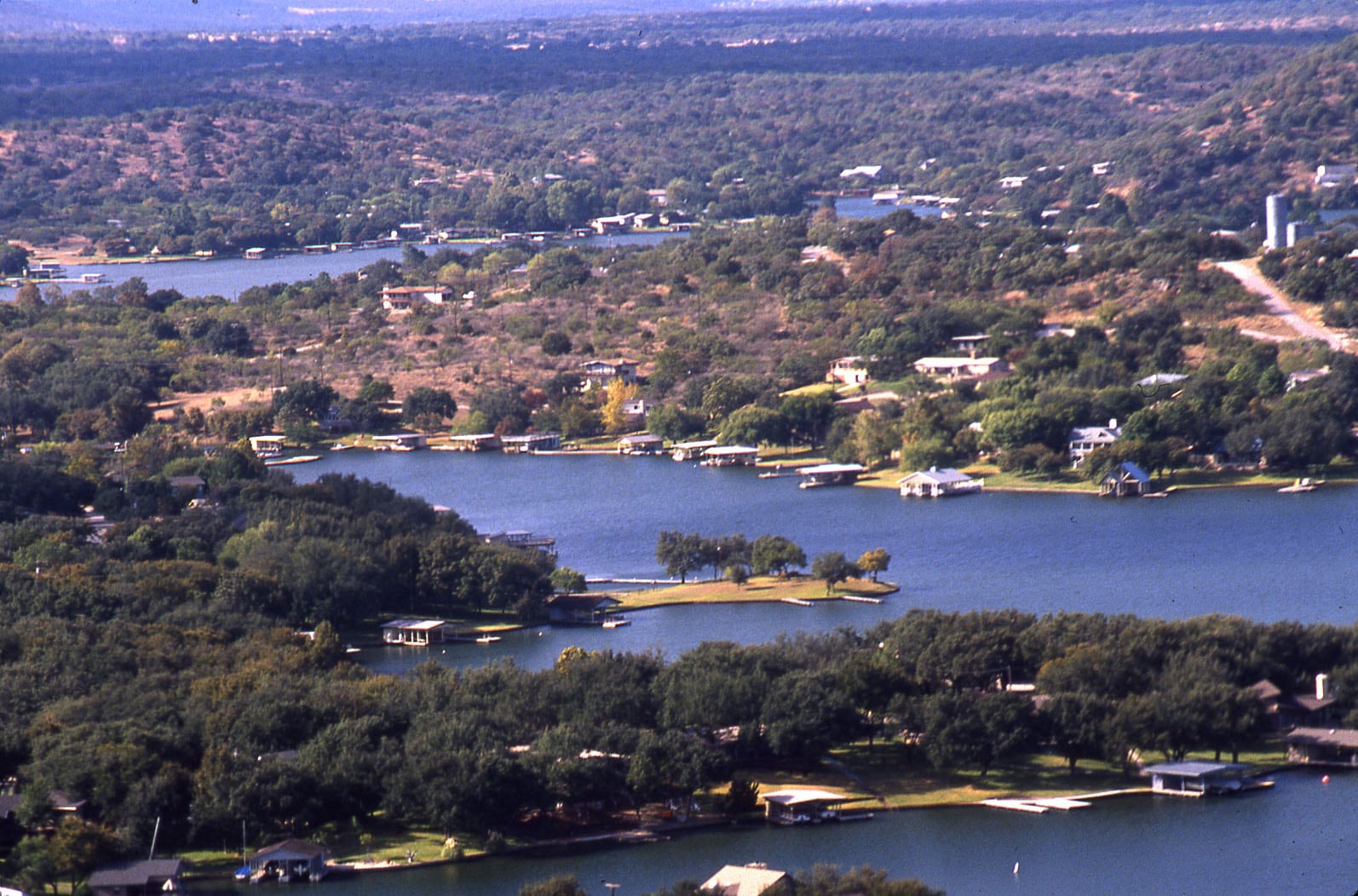
Parks History Timeline
Land for Selma Hughes Park, Tom Hughes Park, Fritz Hughes Park, and Mary Quinlan Park is donated to Travis County. Management of the parks is the responsibility of the Commissioners Court.
Land for Dink Pearson Park is donated to Travis County. Land for Dave Reed Park, Laura Reed Park, and Bernard C. Mollberg Park is deeded to Travis County; these parks later become part of the Balcones Canyonland Preserve.

Dink Pearson Park - Construction of the concrete bridge at Lohman’s Crossing, 1933. Courtesy of Roy Ables.
Land for Allen Memorial Park is donated to Travis County. The park opens in 1978.
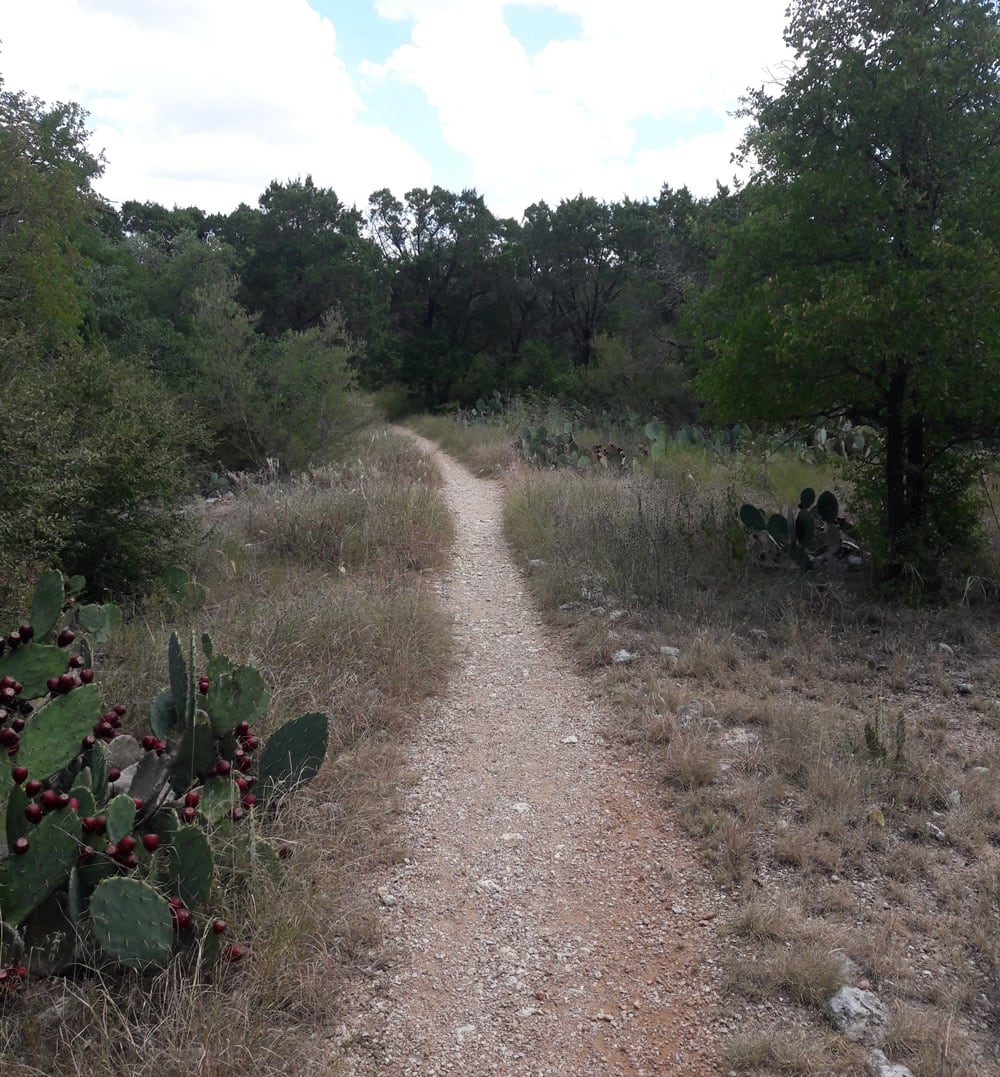
Allen Park, photo by Morgan Skidmore, Travis County Parks website
Land for Little Webberville Park is deeded to Travis County.
Mansfield Dam Park is opened on Lower Colorado River Authority property. The park is later leased to Travis County.
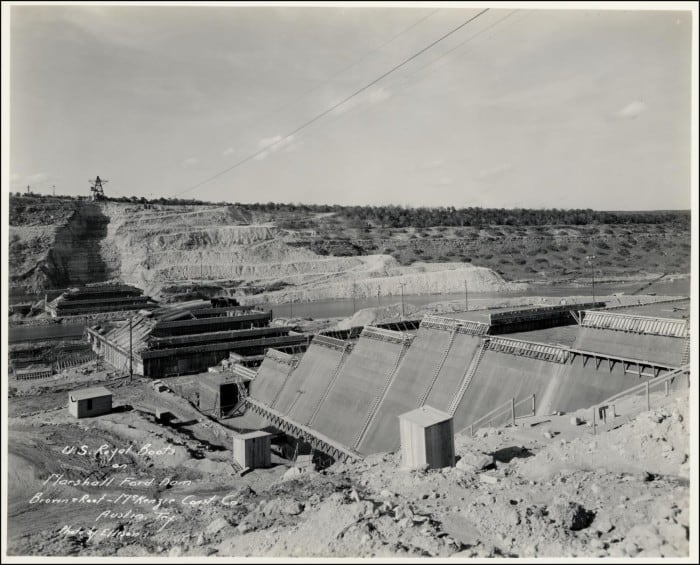
Mansfield Dam under construction, photo no. C09282, Austin History Center, Austin Public Library
Parks are managed by Travis County’s Road & Bridge Department.
An agreement is reached with the Lower Colorado River Authority for the leasing and management of Pace Bend Park, Arkansas Bend Park, and Cypress Creek Park by Travis County.
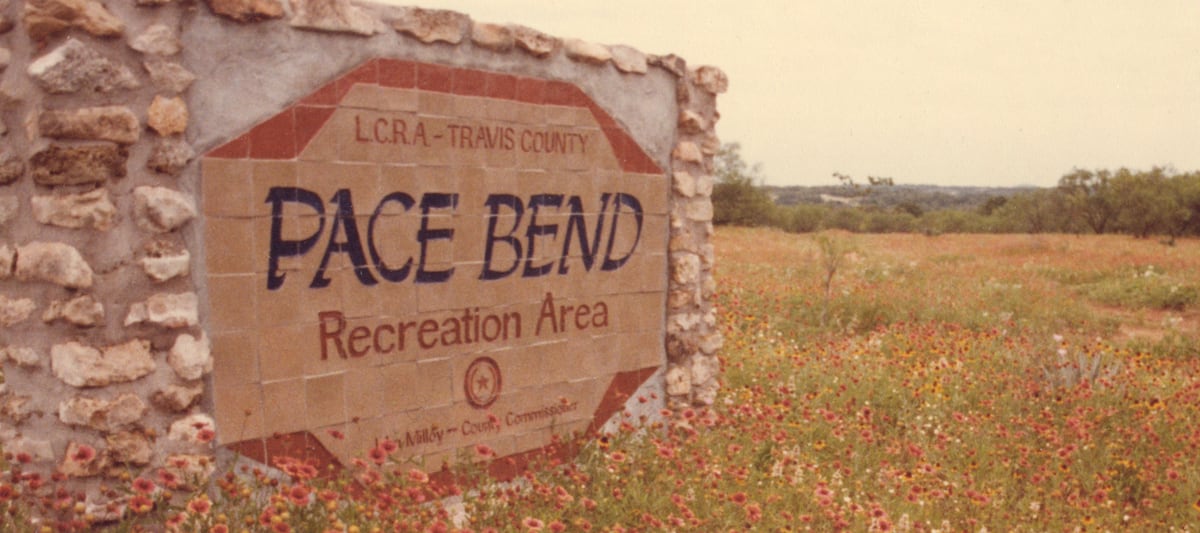
Wildflowers at Pace Bend Park, Travis County Archives
Wild Basin Wilderness Preserve is acquired by Travis County.
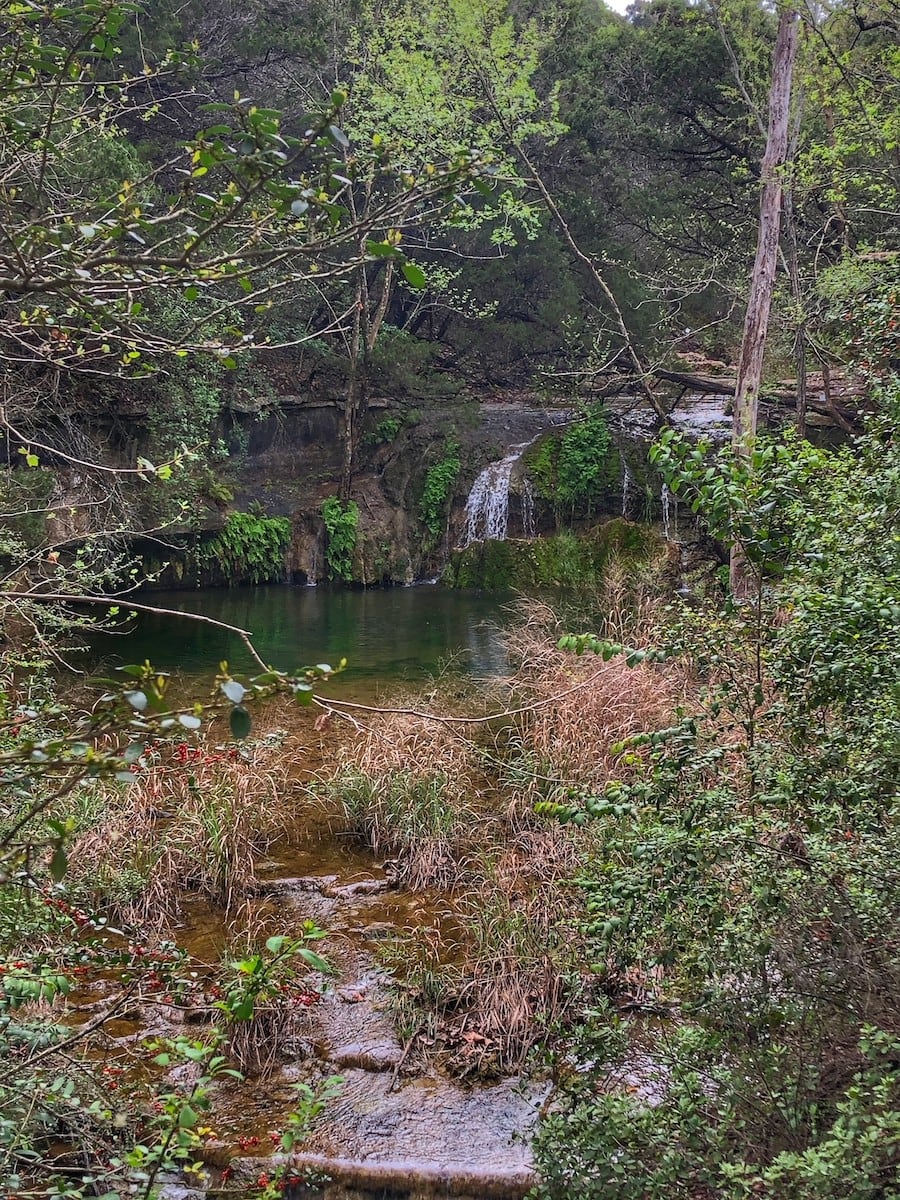
Wild Basin Wilderness Preserve, photo by Christy Costlow, Travis County Archives
The land for Honeycomb Hills Park is deeded to Travis County.
Land is acquired by Travis County for the Del Valle Softball Complex and Webberville Park.
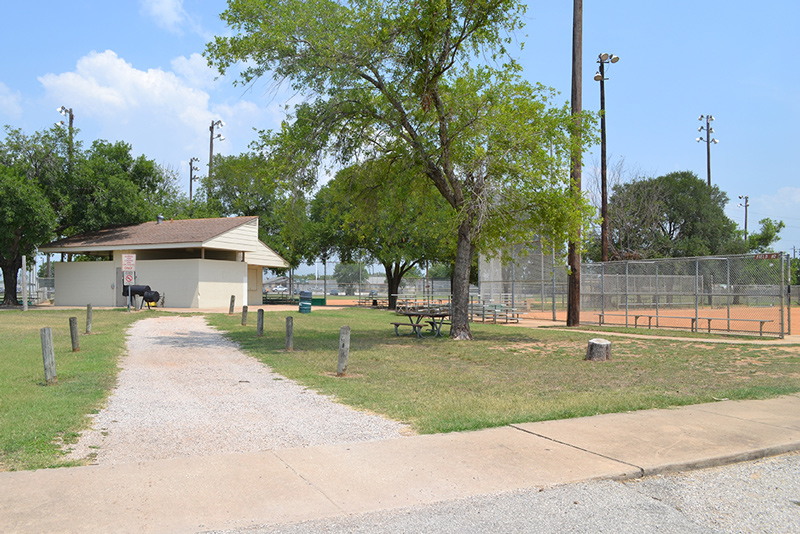
Dell Valle Softball Complex, photo by Tim Speyrer, Travis County Parks
The Precinct Four Park on Burleson Road is opened. It is renamed Richard Moya Park in 1986.
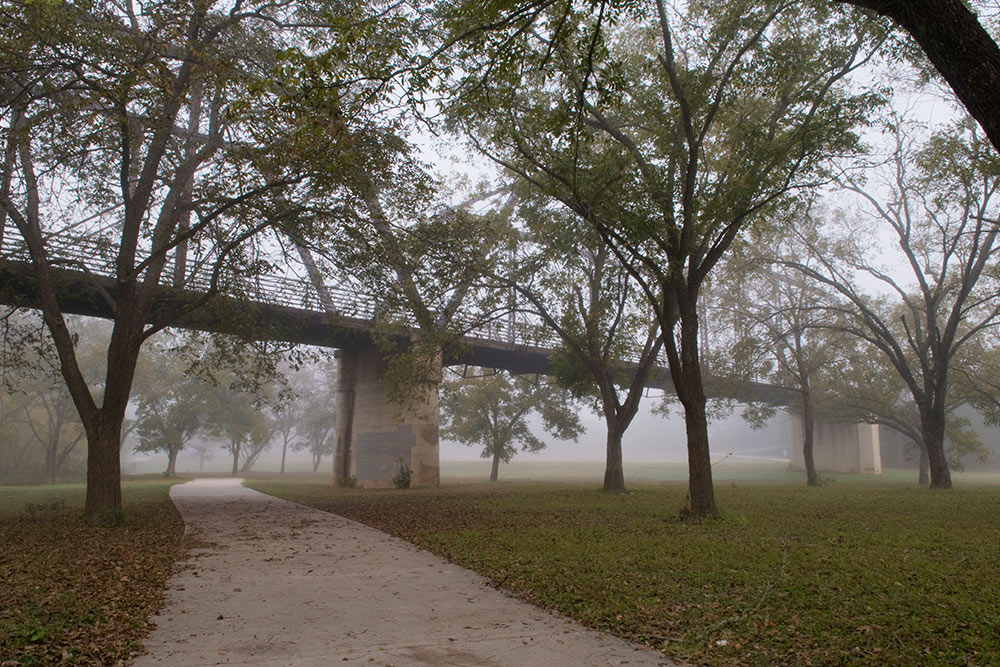
Richard Moya Park, photo by Rusty Ray, Travis County Parks website
Hippie Hollow Park and Bob Wentz Park are leased to Travis County by the Lower Colorado River Authority.
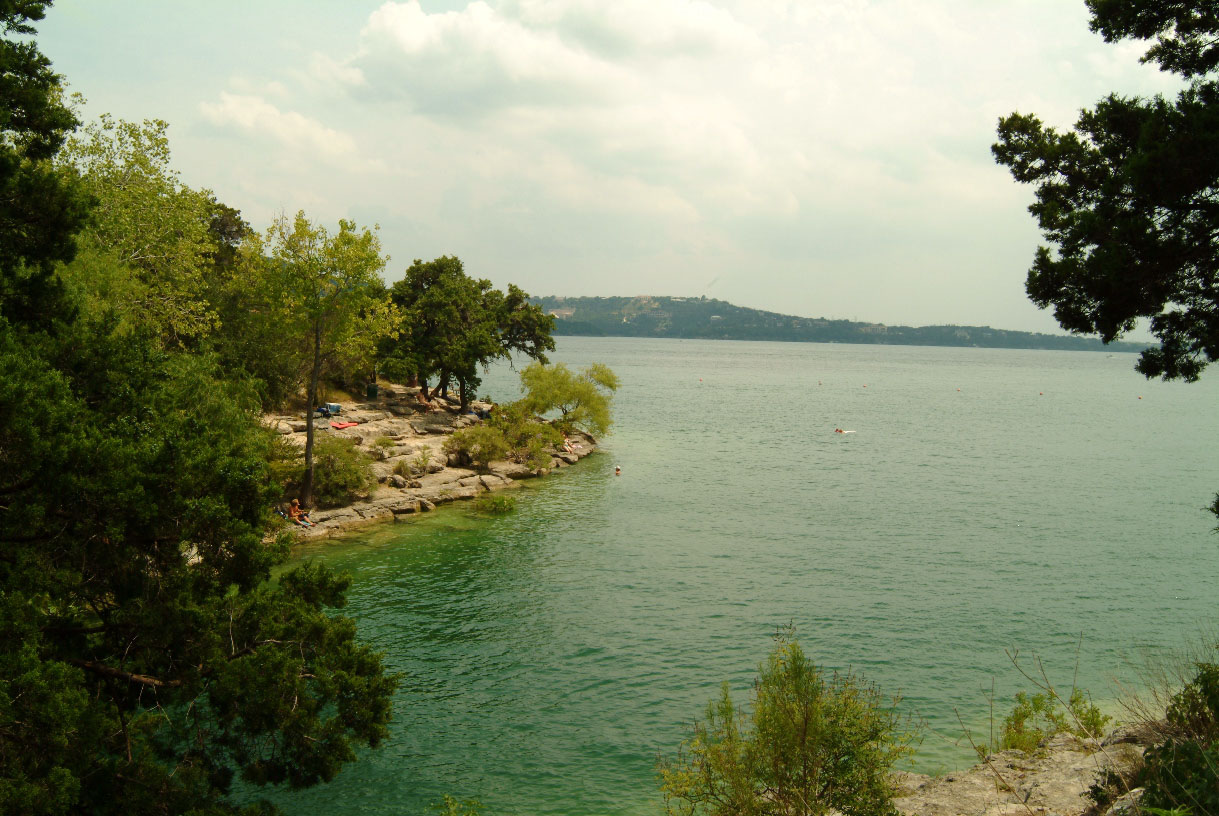
Hippie Hollow Park, LCRA Corporate Archives
Loop 360 Boat Ramp opens.
The land for Ben E. Fisher Park is acquired; the park opens in 1986.
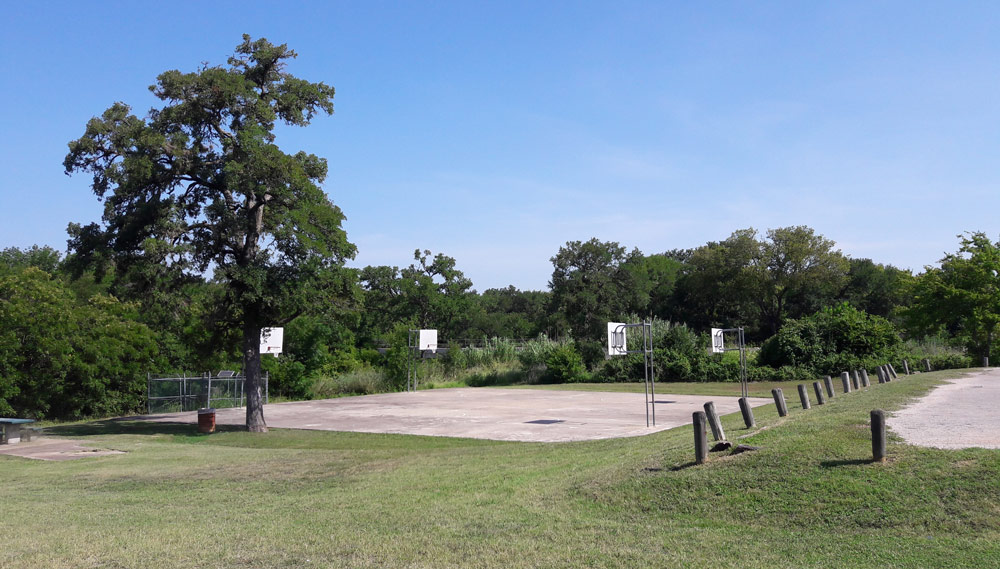
Ben E. Fisher Park, photo by Jorge Contreras, Travis County Parks website
Hamilton Pool Park is acquired, later to be designated a preserve and become part of the Balcones Canyonlands Preserve.
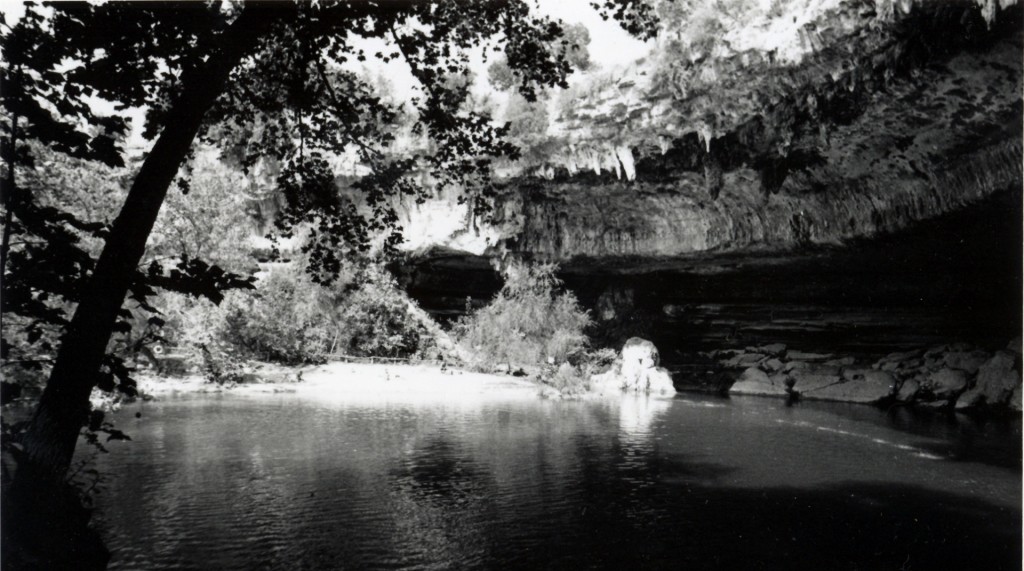
Hamilton Pool, 1980s, Travis County Archives
Sandy Creek Park is leased to Travis County by the Lower Colorado River Authority.
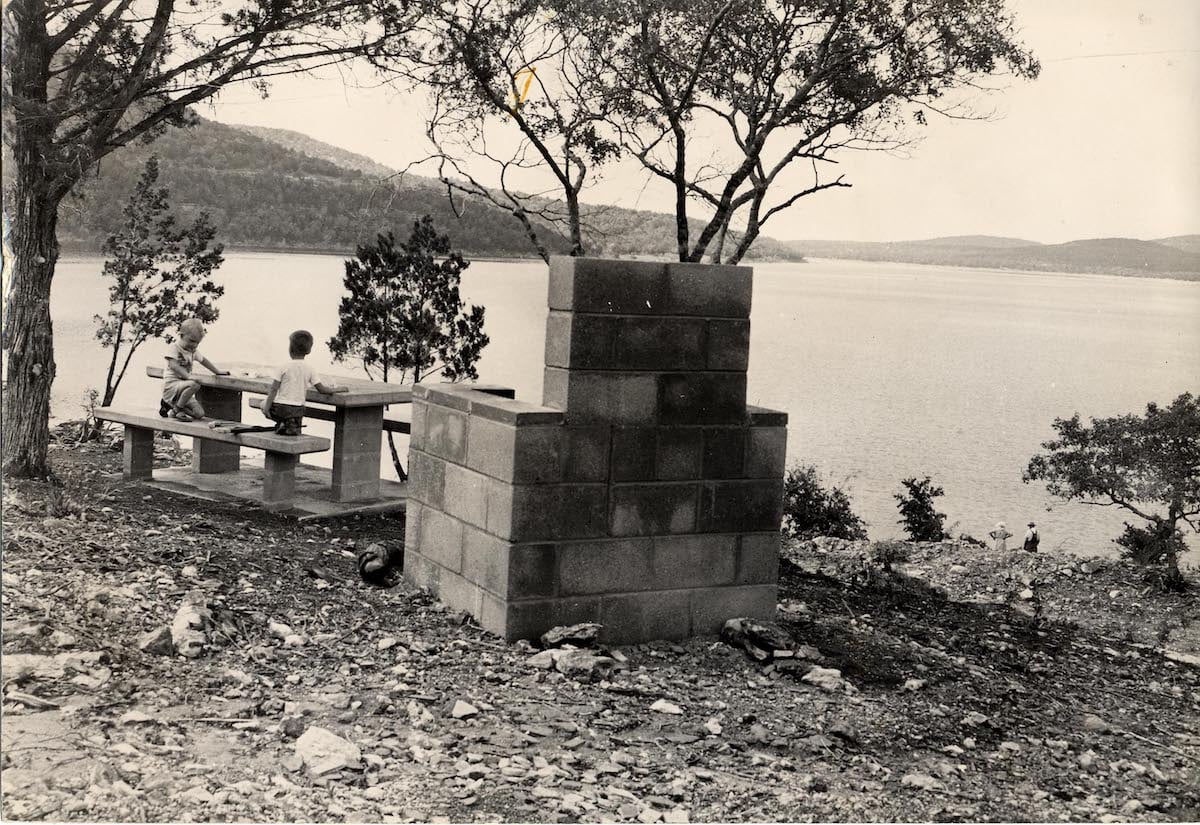
Sandy Creek Park, 1952, photo no. LR00037, LCRA Corporate Archives
Travis County Parks Department is established, separate from the Road & Bridge Department.
The Parks Department is reorganized and consolidated with the Public Improvement and Transportation Division (PITD), later known as Transportation and Natural Resources (TNR).
Use of Hippie Hollow Park is restricted to those 18 and older.
Southeast Metropolitan and Northeast Metropolitan parks are acquired. Southeast Metro opens in 1999 and Northeast Metro opens in 2001.
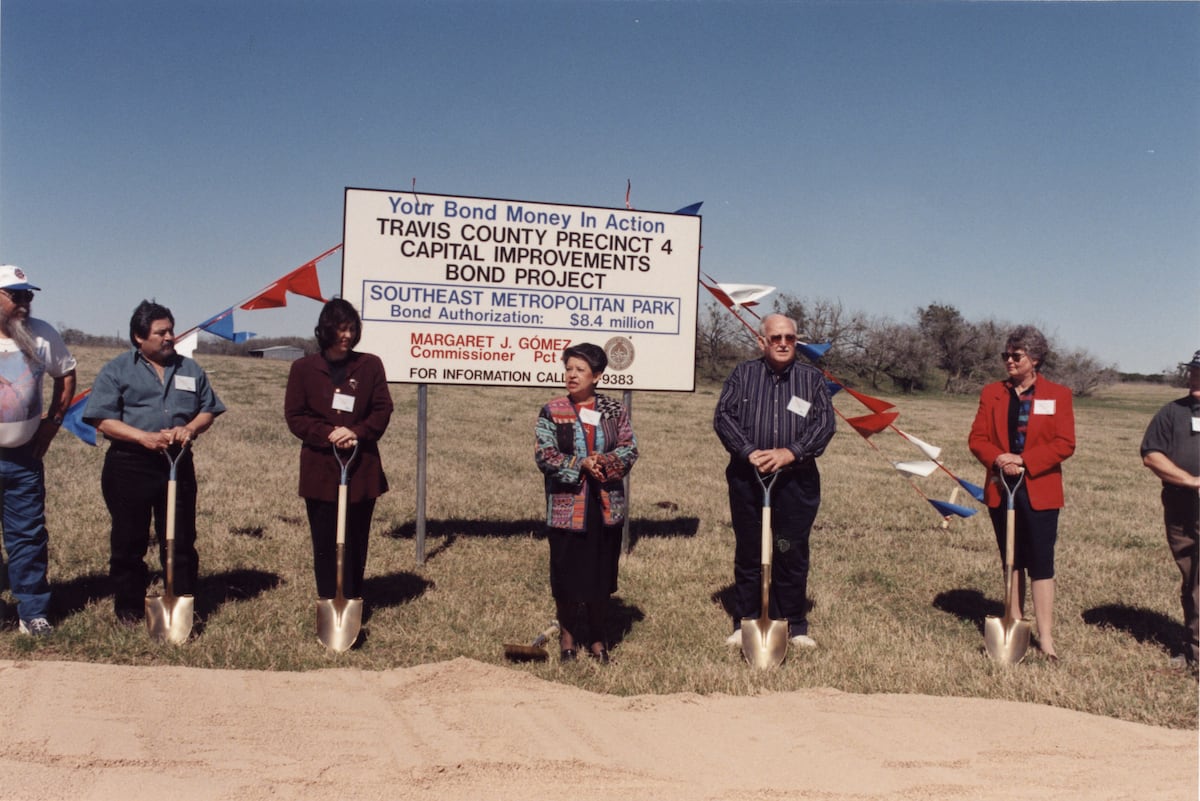
Southeast Metro Park Groundbreaking, 1998
Travis County first proposes buyouts of flood area properties along Onion Creek. The County has since purchased tracts in the following non-park flood mitigation lands: Walnut Creek, Arroyo Doble, Graveyard Point, Bluff Springs, Plover Place, and Thoroughbred Farms.
East Metropolitan Park is acquired. The park opens in 2006.
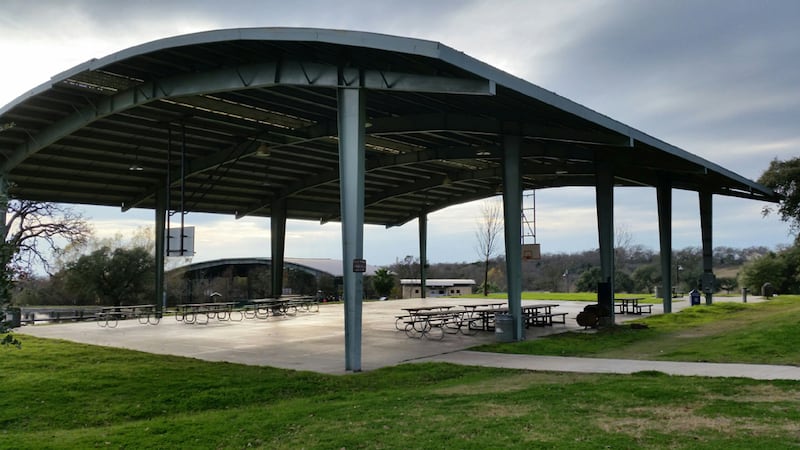
East Metropolitan Park, photo by Tim Speyrer, Travis County Parks
Milton Reimers Ranch Park is purchased by Travis County.
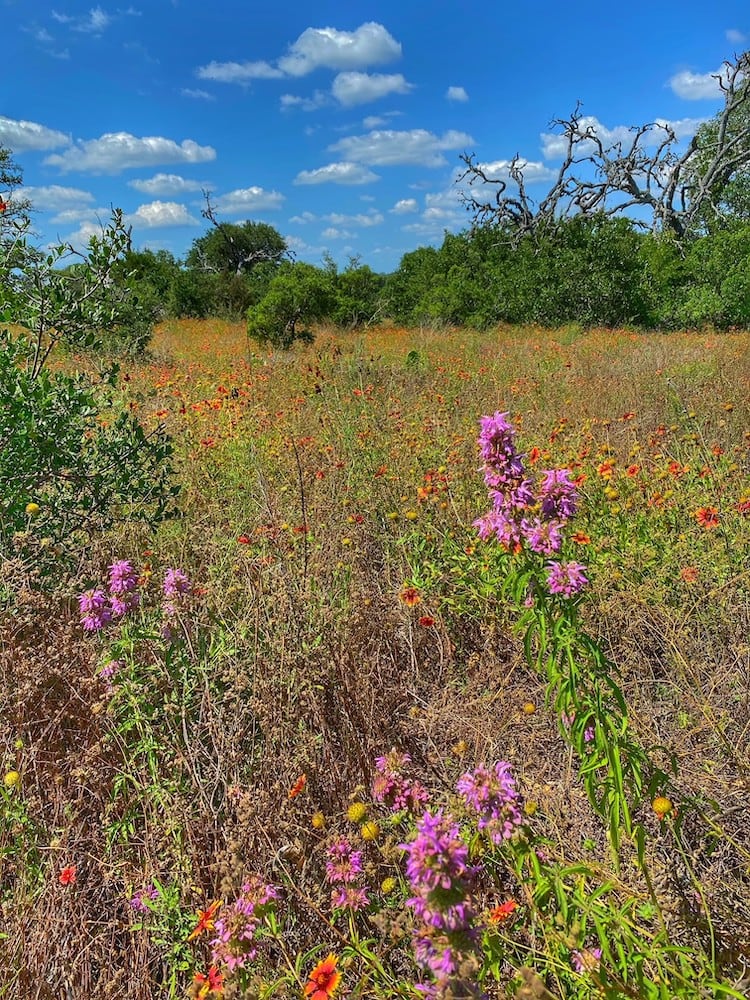
Milton Reimers Ranch Park, photo by Christy Costlow, Travis County Archives
With voter-approved bond funds, development of river and creek corridors begins throughout the County.
Travis County purchases land from Milton Reimers to create the Reimers Ranch Park.
Commissioners pass a rule banning the public consumption of alcohol in county parks.
Parks bond passage in support of acquiring parkland for river corridor and greenways, including the areas near Onion Creek, Wilbarger Creek and Gilleland Creek.
The Park Forestry Program, responsible for the management of trees and forests, is initiated.
The Park Land Management Program is established to manage flood buy-out properties, greenways, and provide natural resource support.

The History of Each Travis County Park
Each park is listed below, click on the park name to learn about the history of that park.
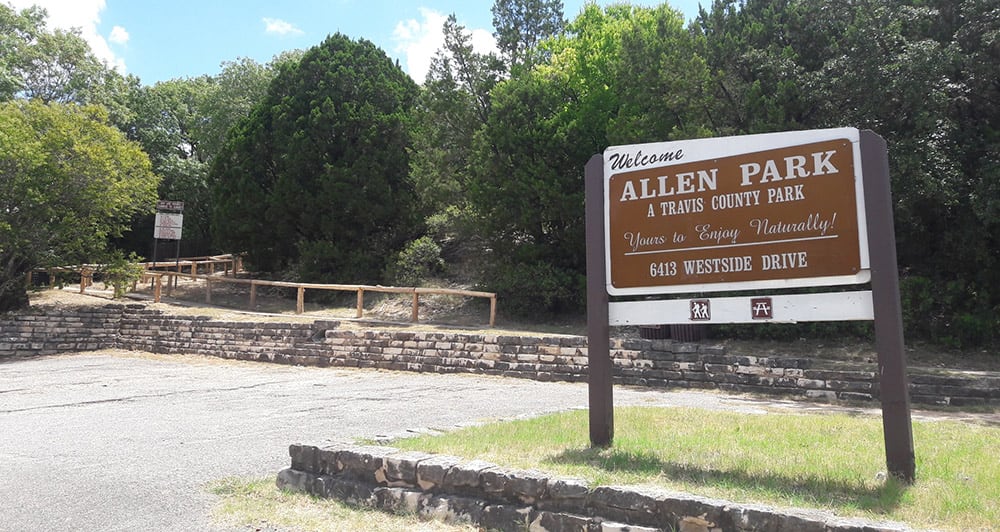
Allen Memorial Park
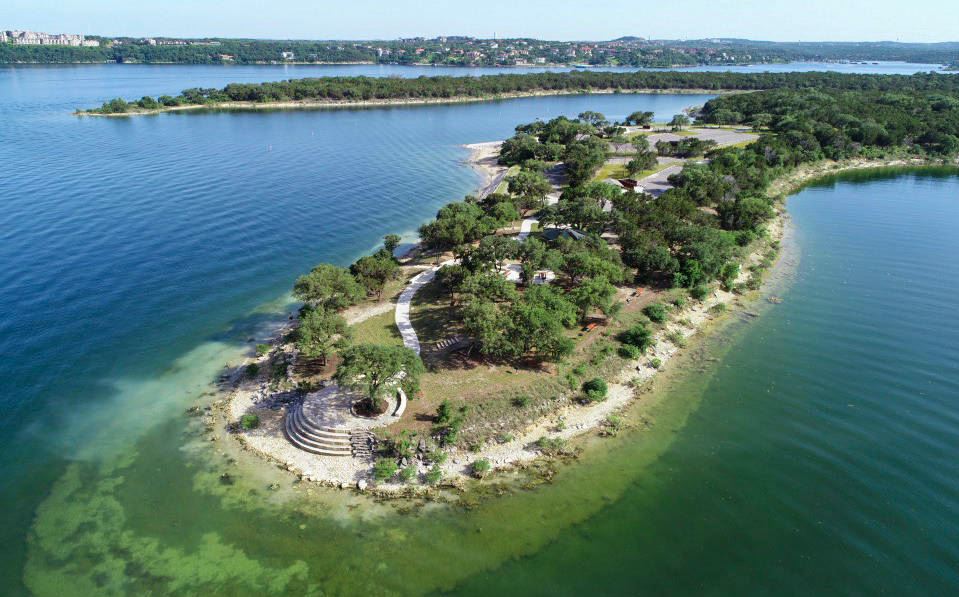
Arkansas Bend Park
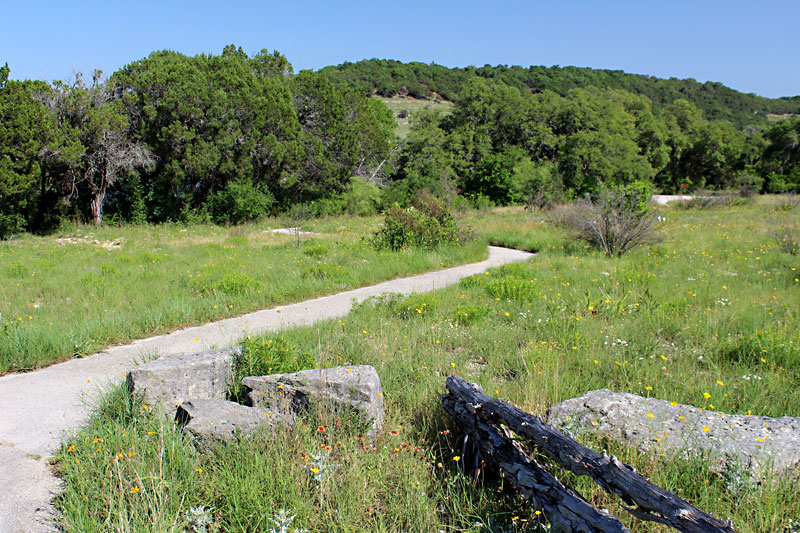
Balcones Canyonlands Preserve
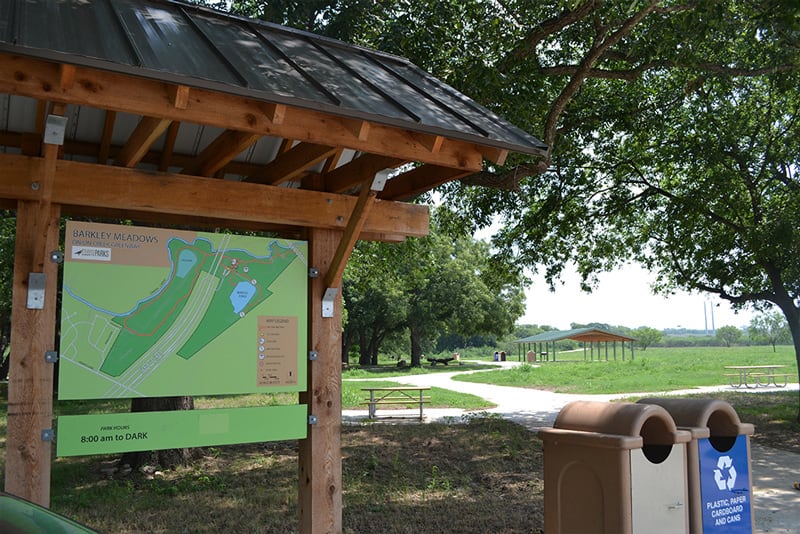
Barkley Meadows Park

Ben E. Fisher Park
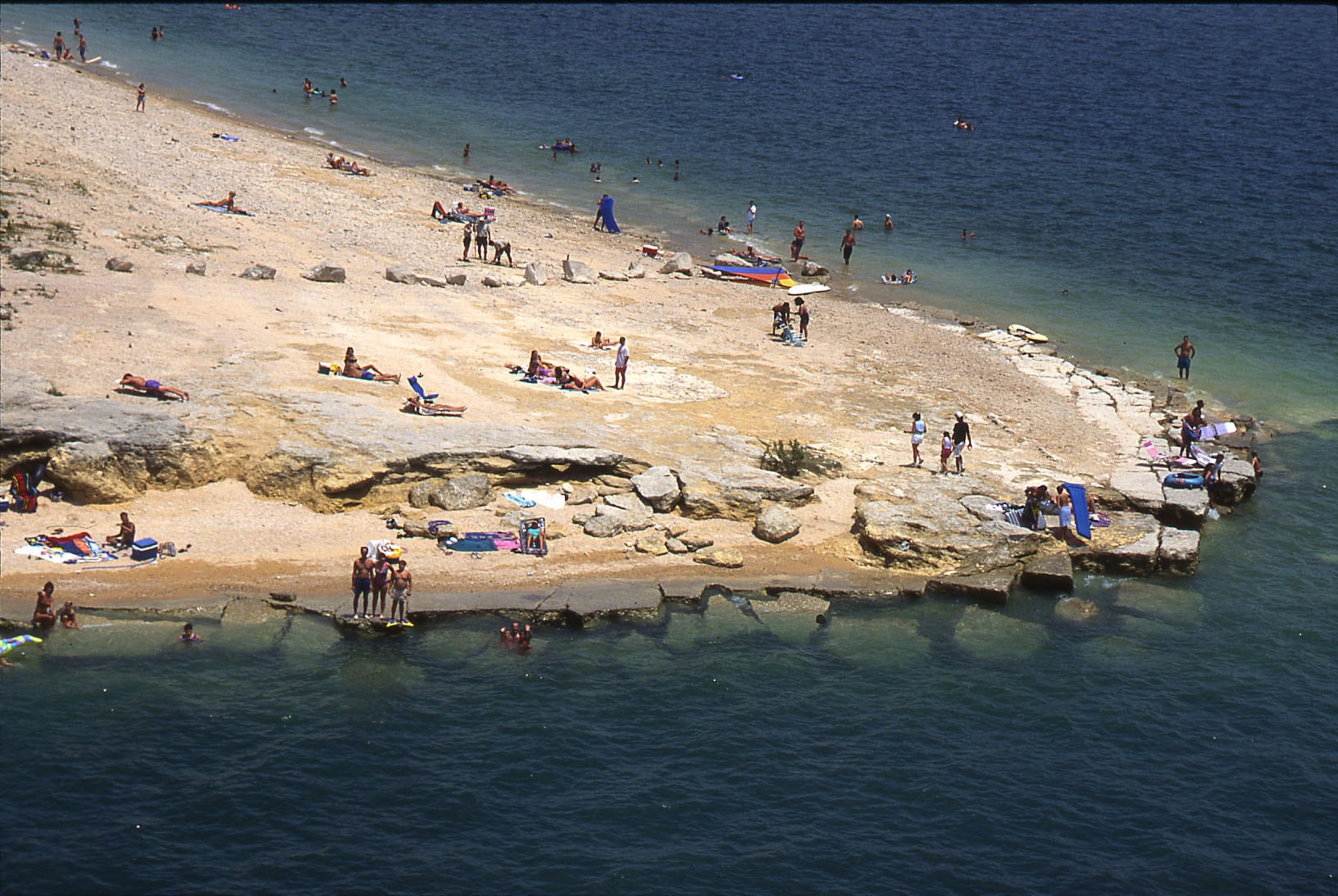
Bob Wentz Park at Windy Point
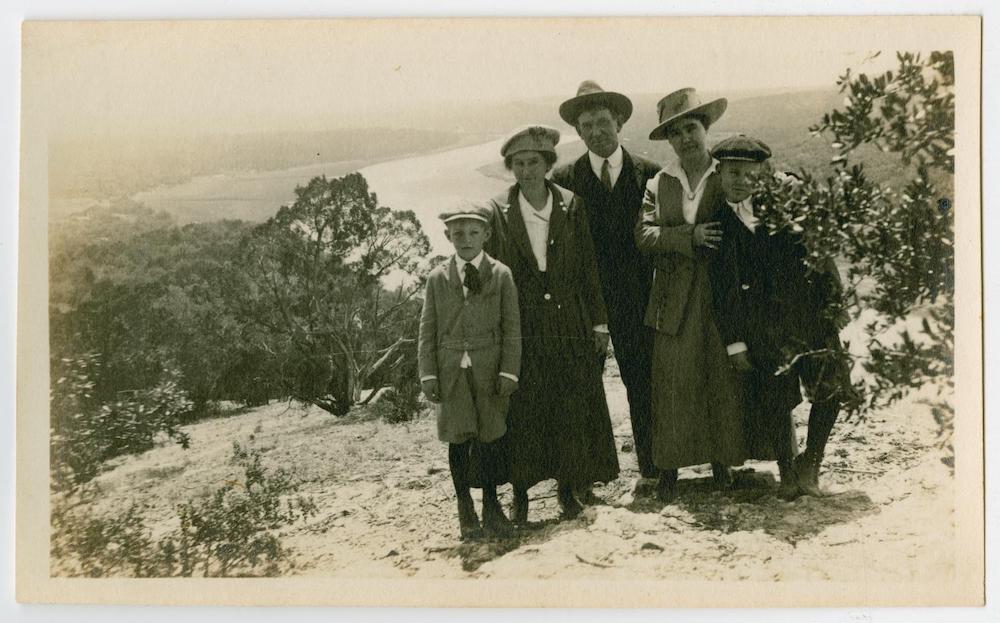
Covert Park (Former Park)
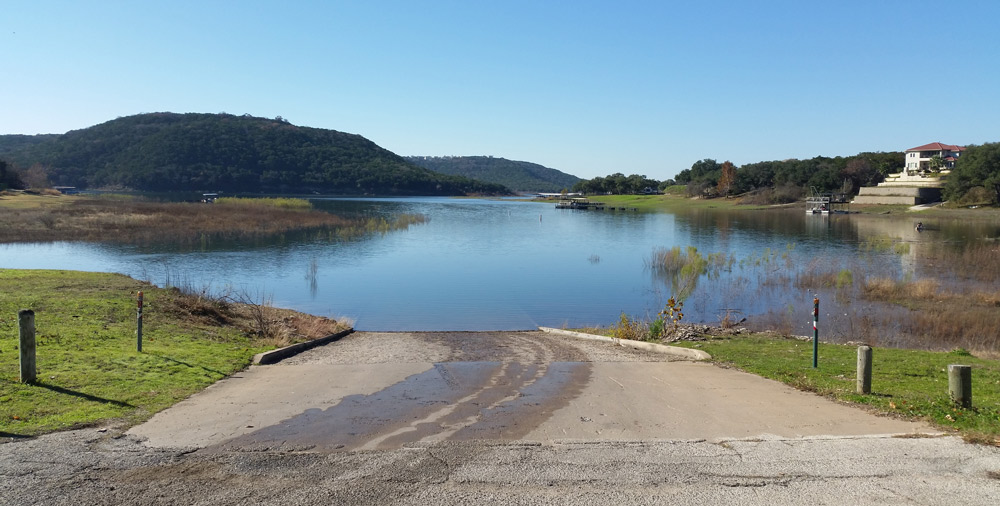
Cypress Creek Park

Del Valle Adult Softball Complex
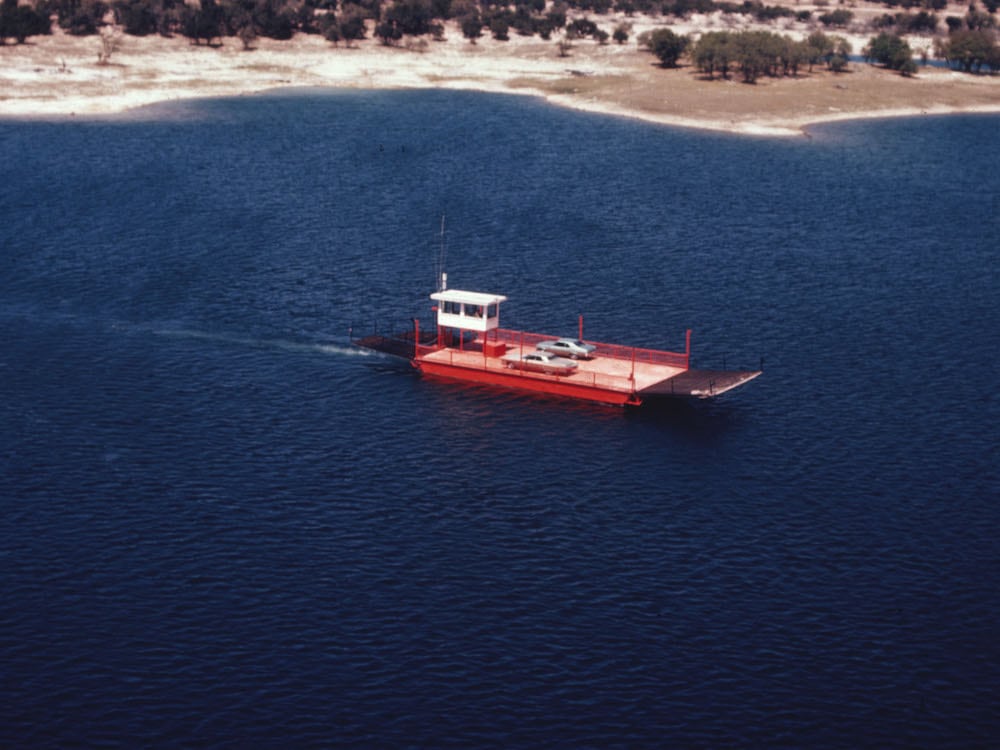
Dink Pearson Park
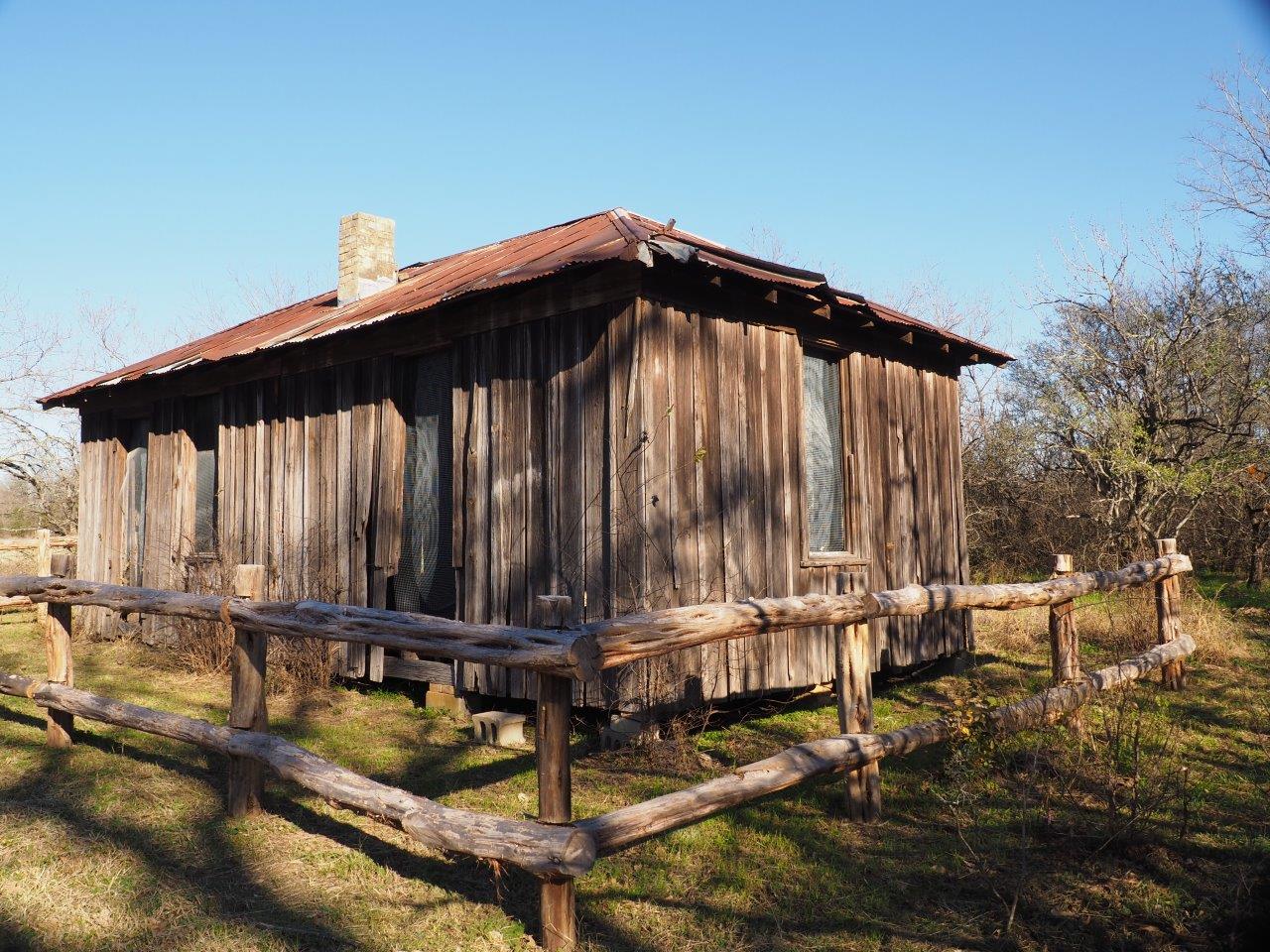
East Metropolitan Park
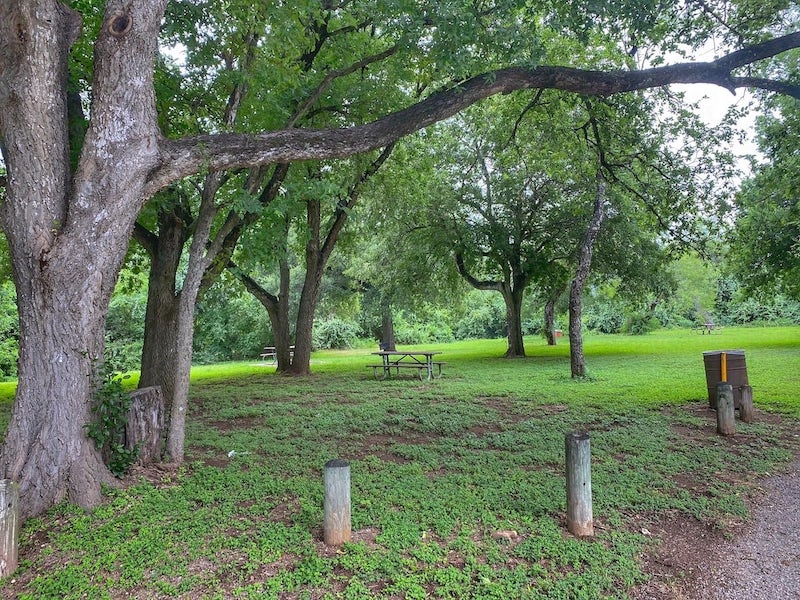
Fritz Hughes Park
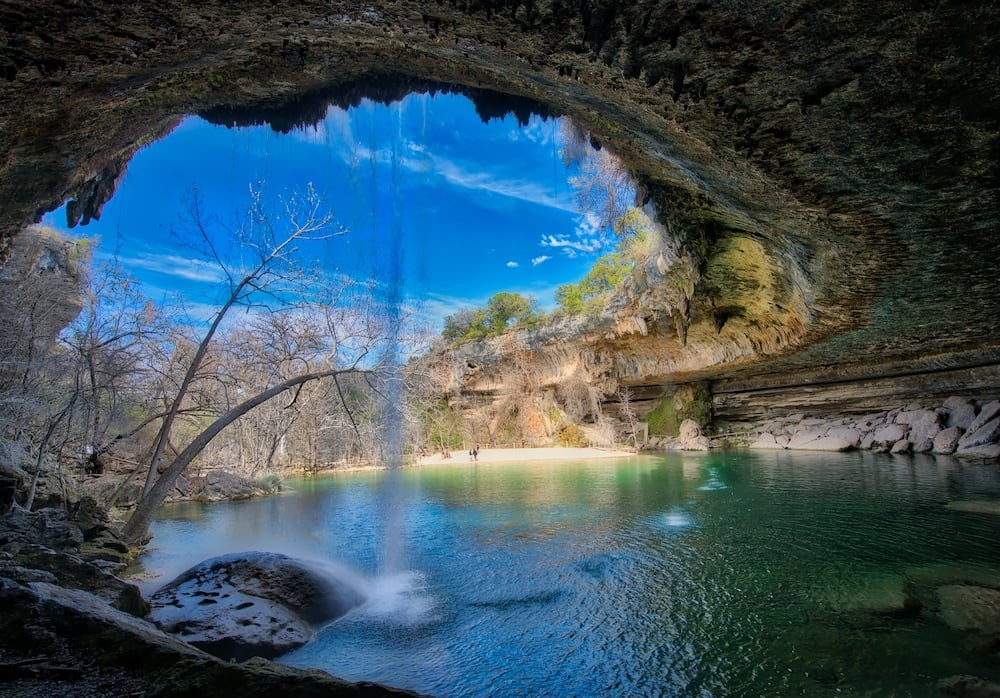
Hamilton Pool Preserve
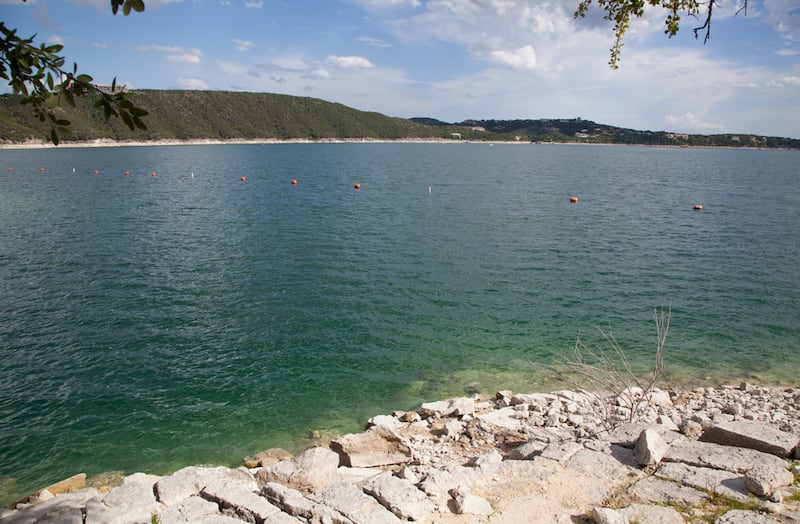
Hippie Hollow Park
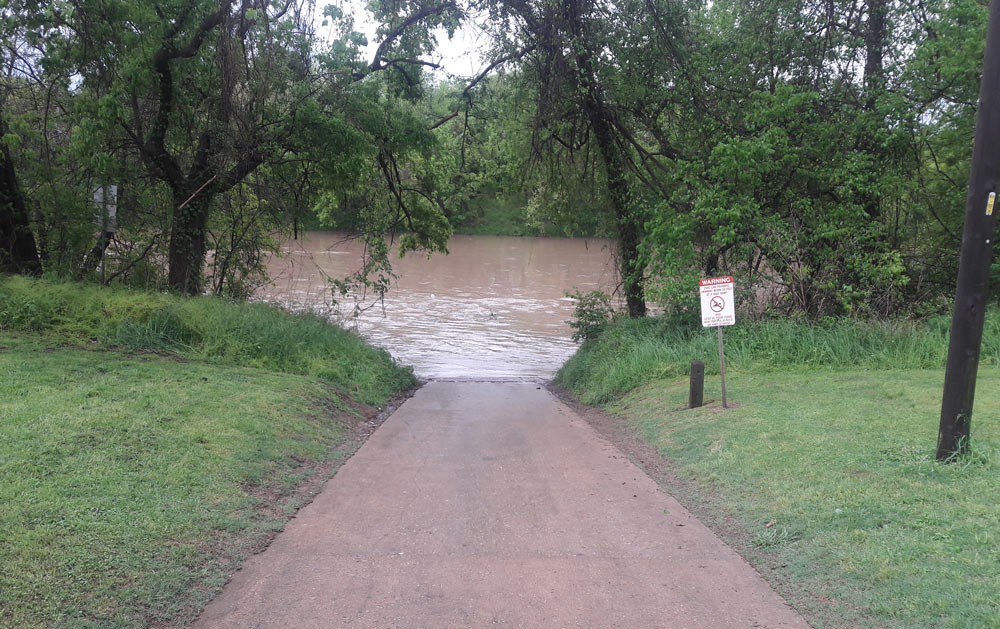
Little Webberville Park
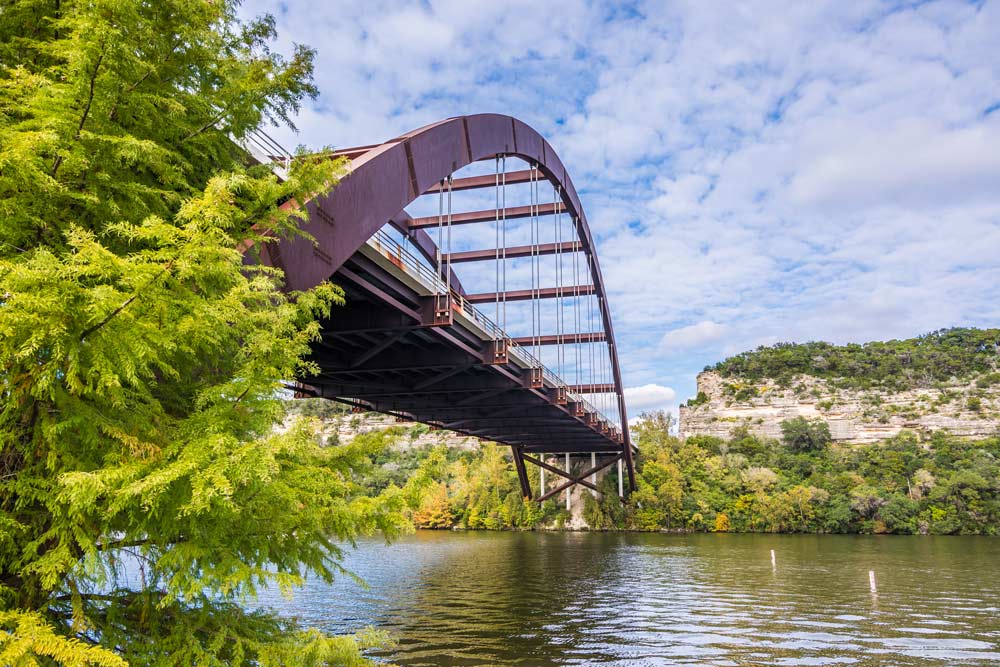
Loop 360 Boat Ramp
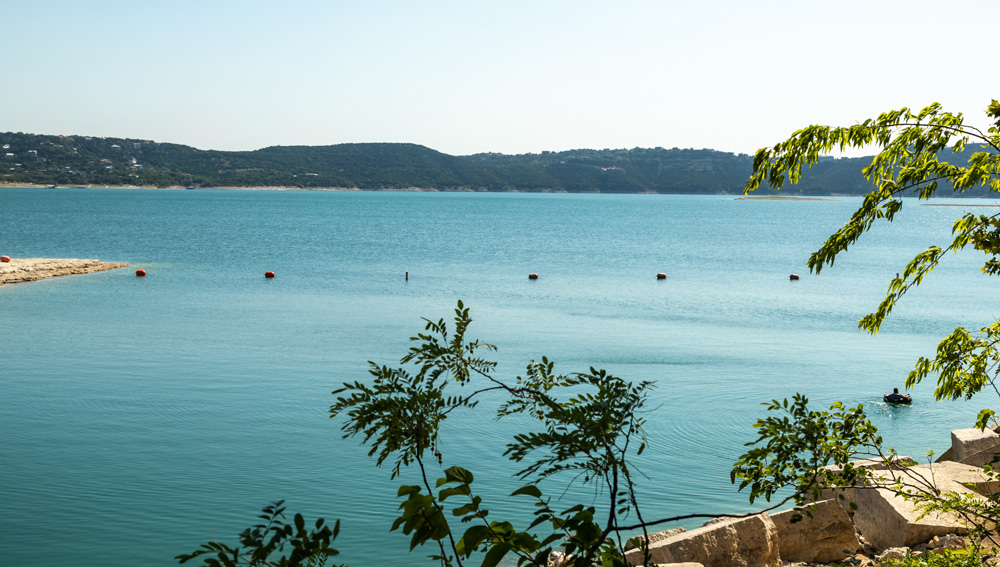
Mansfield Dam Park
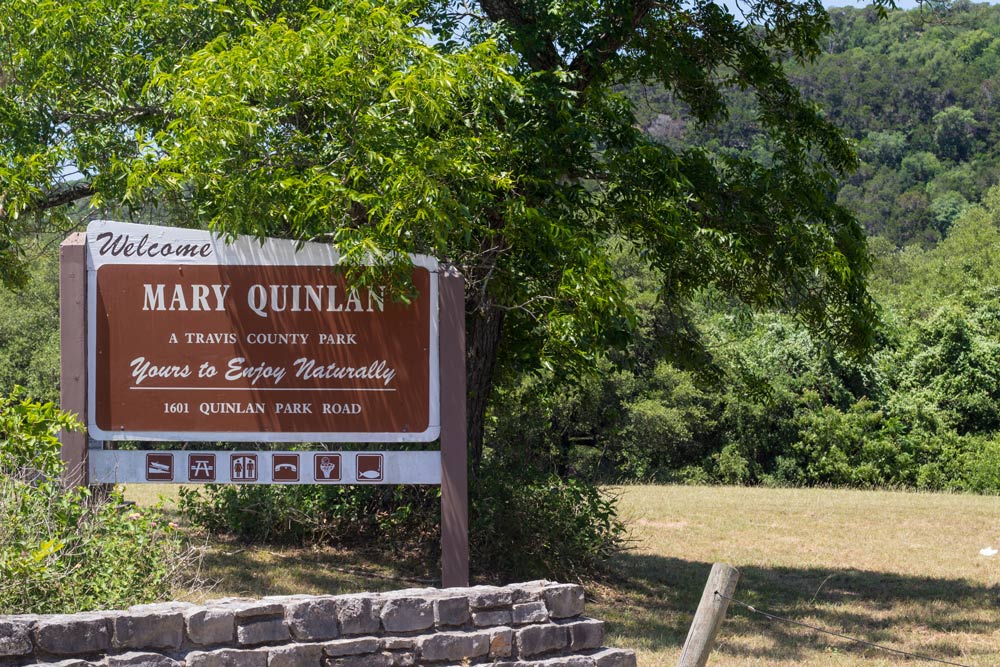
Mary Quinlan Park
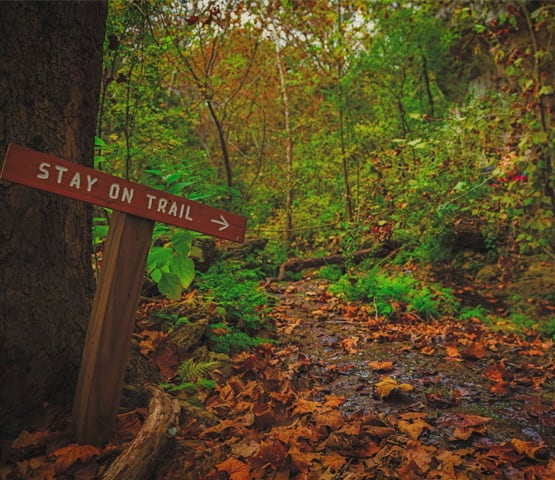
Milton Reimers Ranch Park
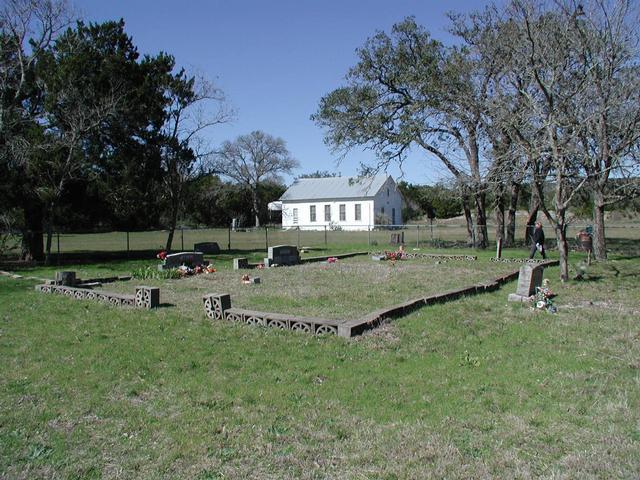
Nameless School & Cemetery Park
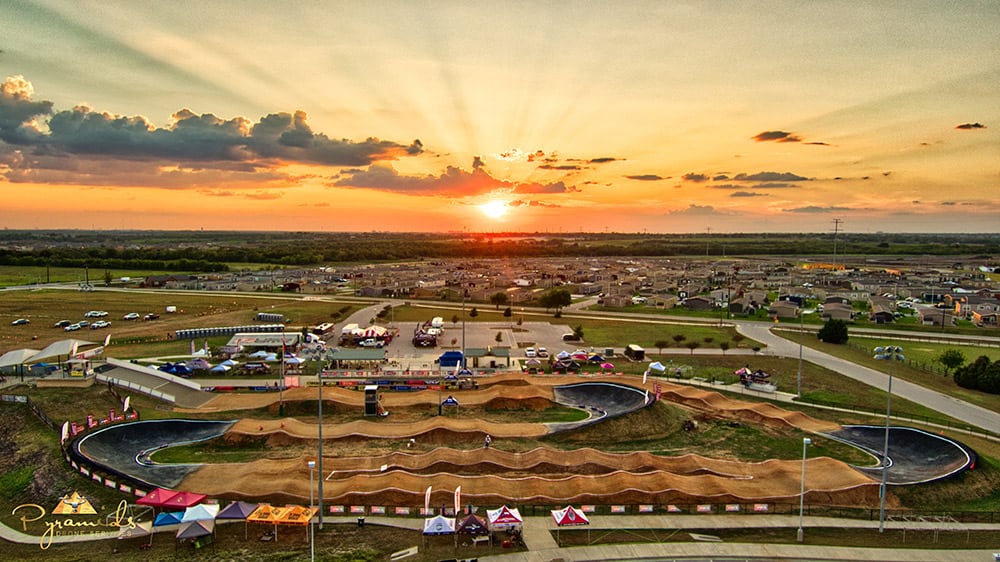
Northeast Metropolitan Park

Pace Bend Park
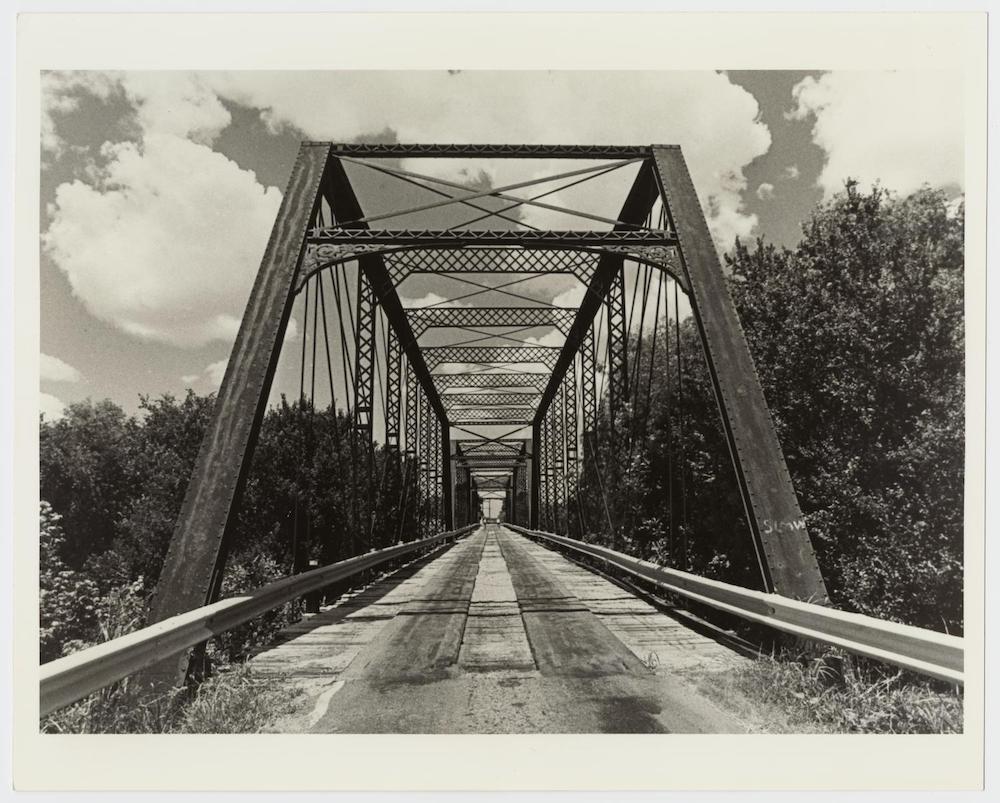
Richard Moya Park

Sandy Creek Park
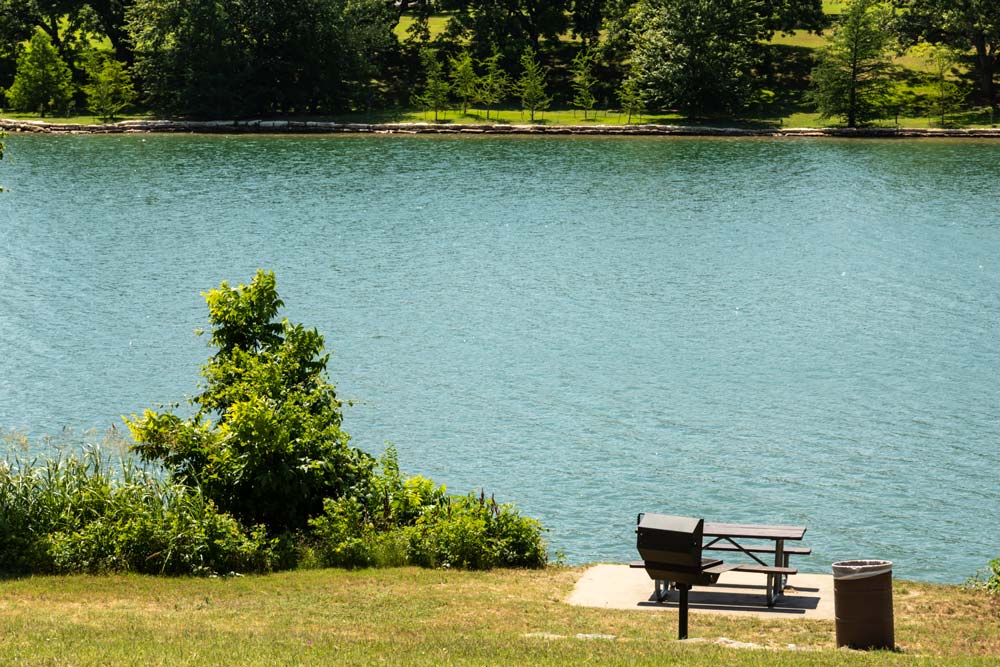
Selma Hughes Park
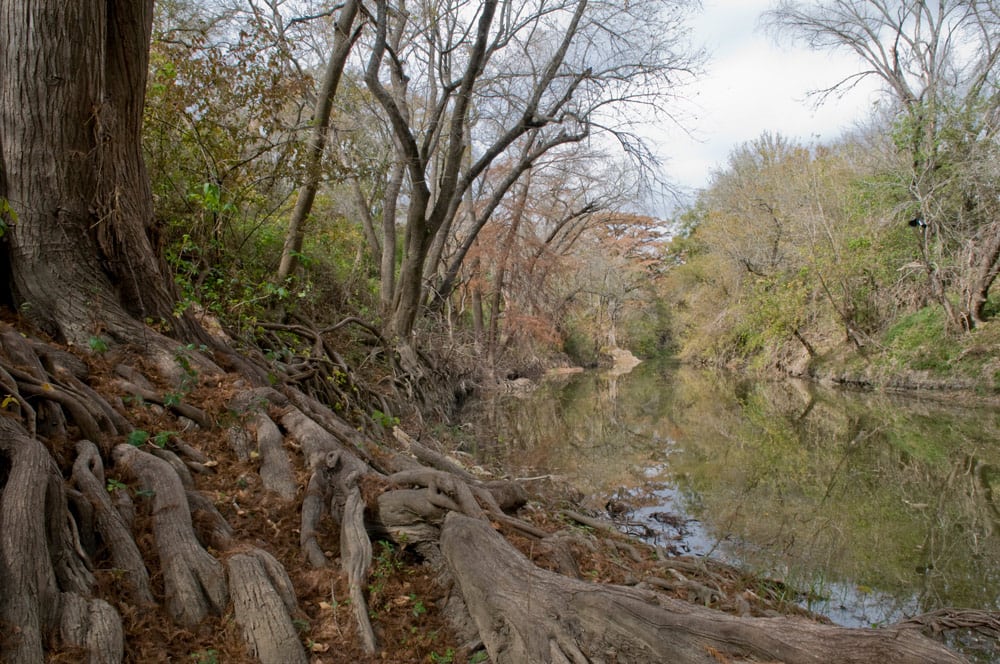
Southeast Metropolitan Park
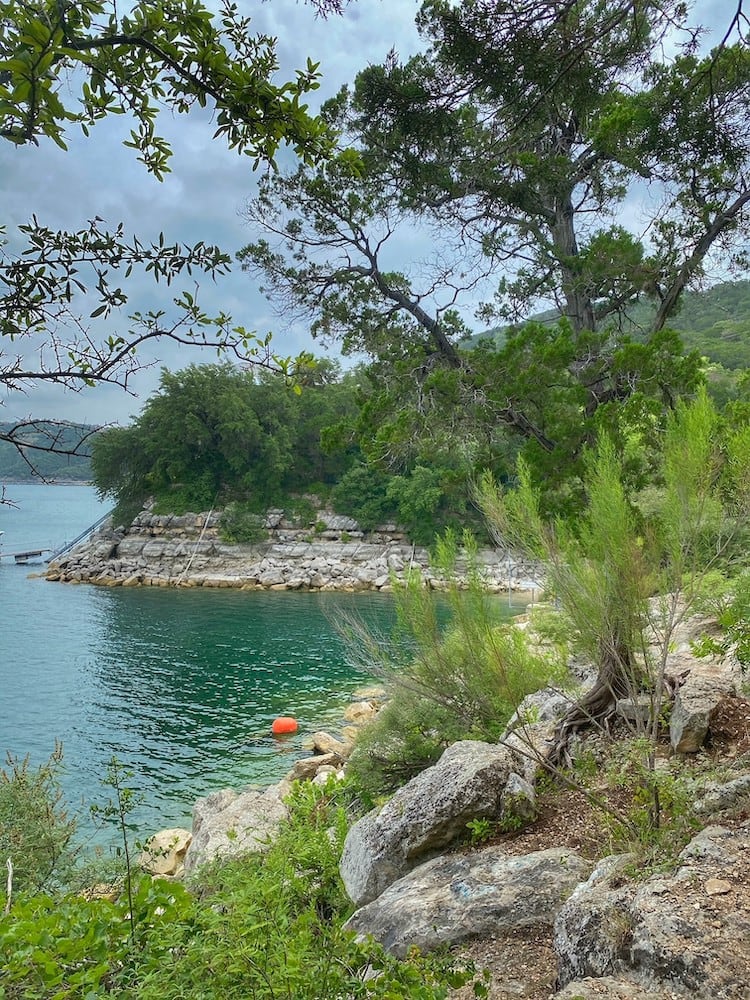
Tom Hughes Park
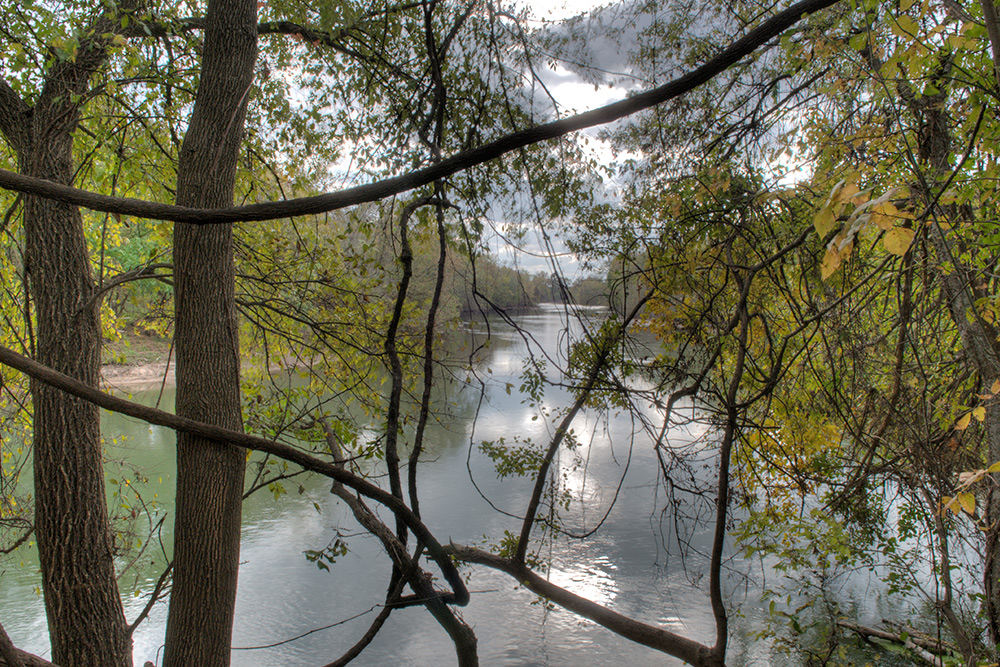
Webberville Park
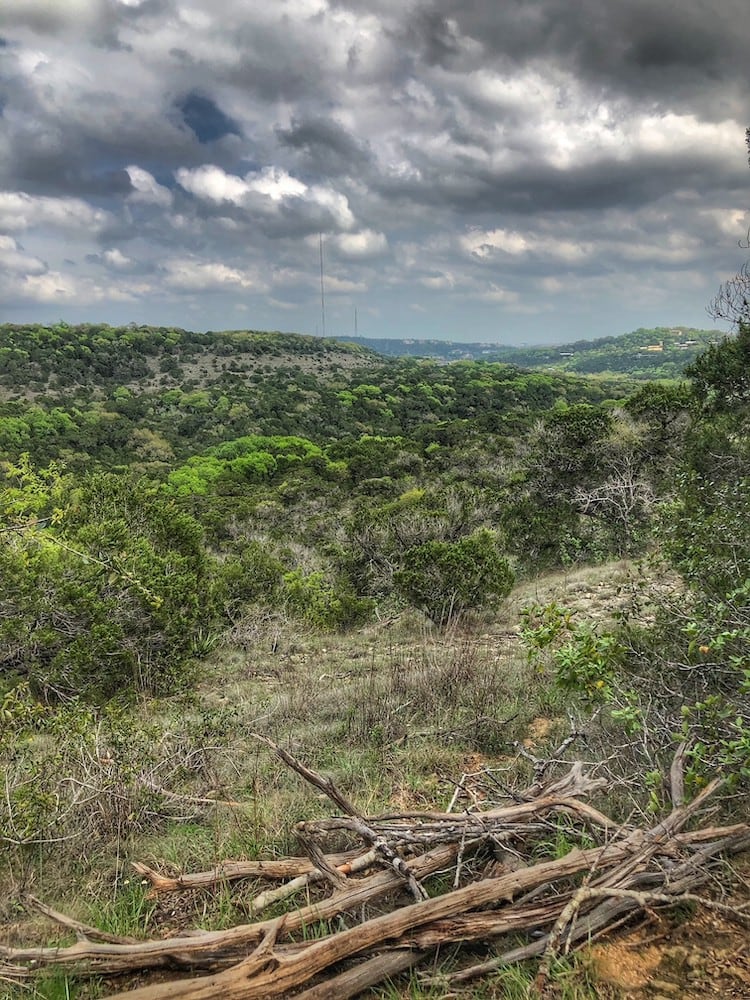
Wild Basin Wilderness Preserve
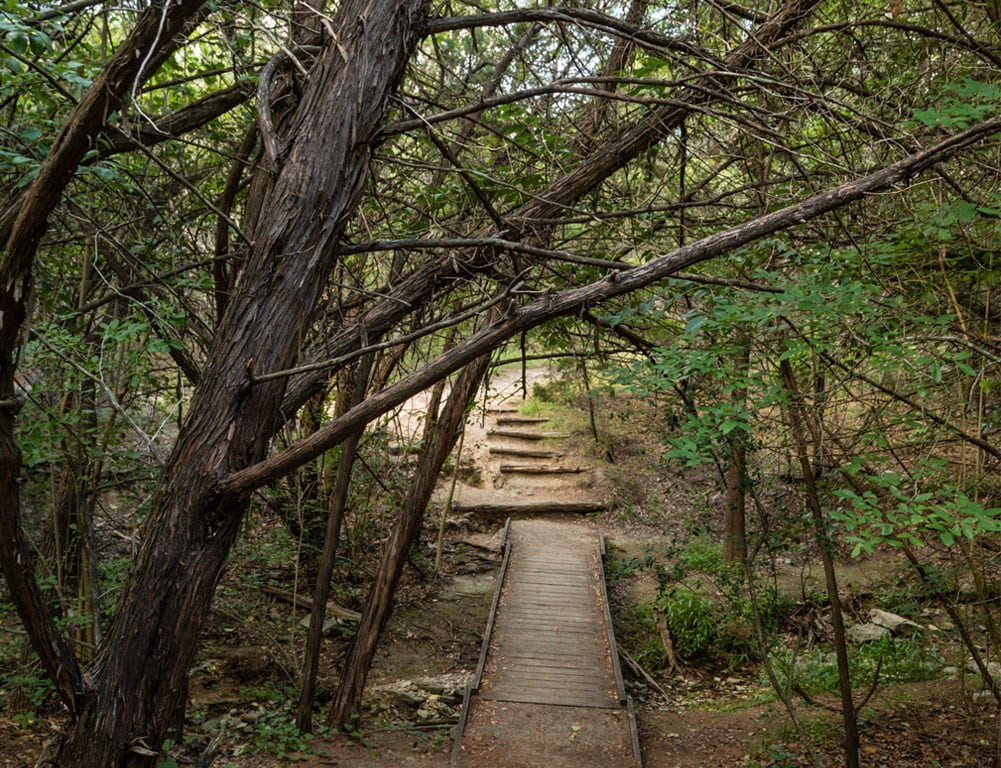
Windmill Run Park
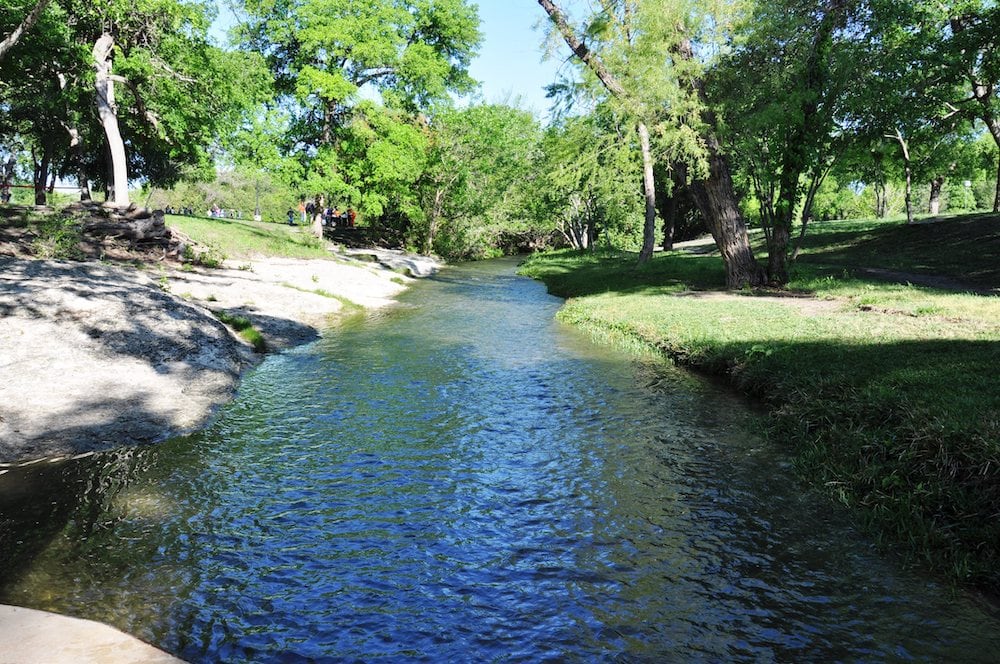
River Corridors and Greenways

Parks Classifications
Neighborhood Park
0-5 mile service area
< 10 minute drive
< 20 acres
Neighborhood Parks are small parks developed primarily for day-use. They are sited within or near a residential area and typically have picnic facilities, playgrounds, small sports fields and courts, low-volume boat ramps, or other facilities for individual or small group use. Travis County Parks does not actively pursue development of neighborhood parks and may transfer ownership of neighborhood parks to willing municipalities or other organizations for continued public use if appropriate. New neighborhood parks are ideally integrated into greenway and river corridor systems as trailheads connected to larger multiuse trail systems.
Community Park
0-25 mile service area
< 30 minute drive
20 – < 200 acres
Community Parks are medium sized parks that accommodate both day and overnight use. They are developed for both moderately intense recreational use and conservation of natural areas. They serve multiple residential areas and may have picnic amenities, playgrounds, small sports fields and courts, moderate-volume boat ramps, beaches, or other facilities for mid to large group use. New community parks are ideally integrated into greenway and river corridor systems with trailheads connected to larger multiuse trail systems.
Metropolitan Park
0-100 mile service area
30 minute – 2 hour drive
> 200 acres
Metropolitan (Metro) Parks are large parks sited near rapidly growing population centers. They have both capital-intensive recreational facilities and natural areas. They typically have picnic facilities, playgrounds, multiuse trails, sports complexes, and special-use facilities such as a BMX track, swimming pool, or skate park. They are major anchors along greenways and are connected to larger multiuse trail systems. They are primarily day-use parks but overnight use is allowed by permit.
Regional Park
0 – >100 mile service area
2 – 6 hour drive
> 200 acres
Regional Parks are large parks that protect and provide recreational access to significant or unique natural resources including Lake Travis and the Pedernales River. They may have both day-use and overnight facilities to support boating, camping, fishing, swimming, picnicking, hiking, biking, horseback riding, and other nature-based recreational activities. They may also have specialized facilities, such as an observatory, for nature appreciation and environmental education.
Connector Park
Connects other parks Connector parks are the lands between named parks along greenways and river corridors. They are typically maintained as natural areas or leased for agricultural uses and have well developed trail systems.
Preserve
Land managed primarily as natural areas Preserves are established primarily for conservation of significant or unique natural or cultural resources and may have limited public access.</p
